Natural kitchen design has emerged as one of 2025's most compelling trends, bringing the serenity and beauty of the outdoors into the heart of the home. This approach combines natural materials like wood, stone, and plants with modern elements to create clean, contemporary, and eco-friendly living spaces. Biophilic design principles emphasize our innate connection to nature, promoting well-being by integrating natural elements that foster relaxation, improve air quality, and create harmonious environments. Sustainable materials like bamboo, reclaimed wood, and cork are gaining popularity for their minimal environmental impact while adding unique natural aesthetics. These natural kitchen concepts prioritize functionality, sustainability, and the calming influence of organic textures and earth-inspired color palettes.
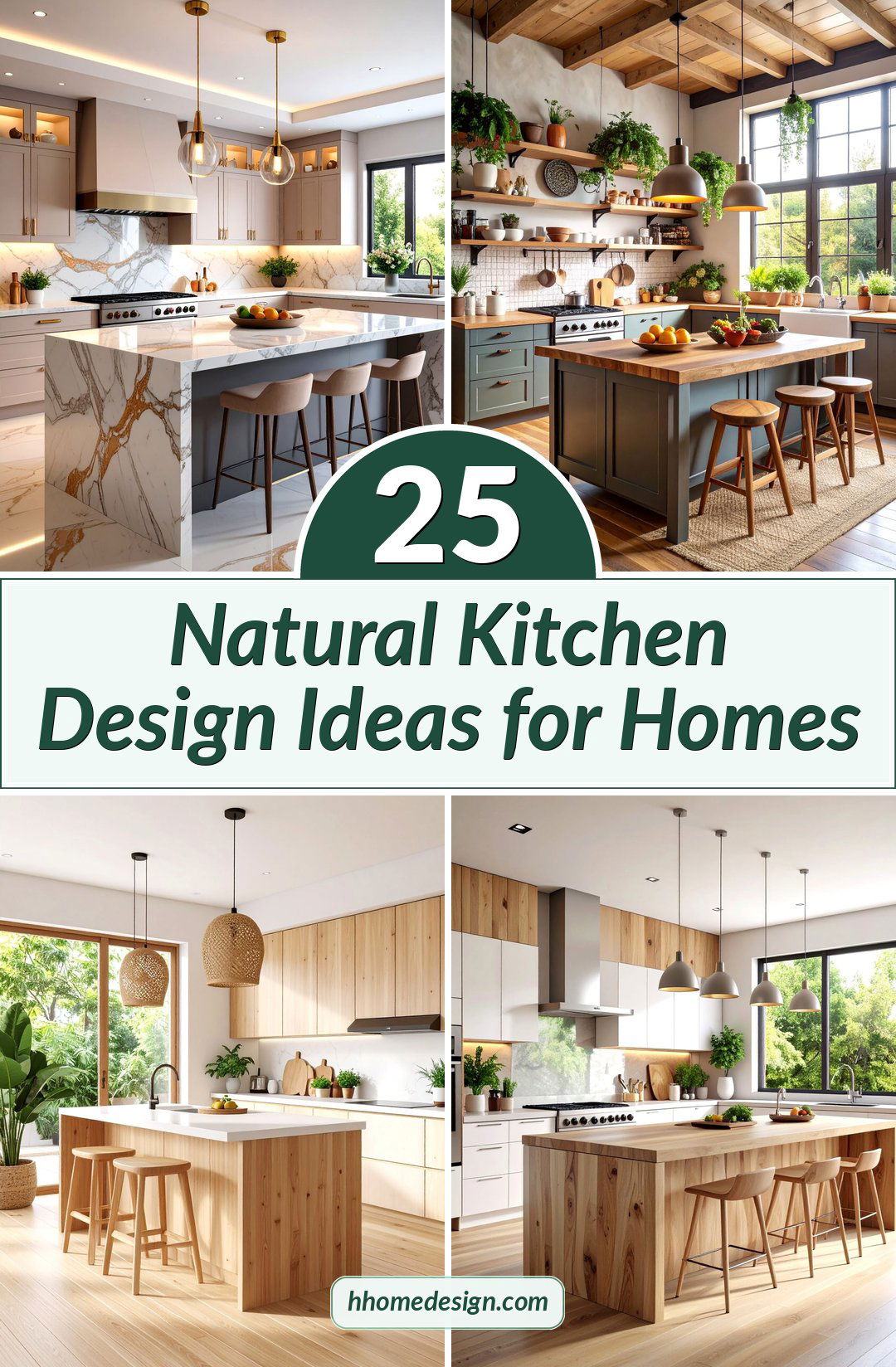
1. Reclaimed Wood Farmhouse Kitchen with Open Shelving
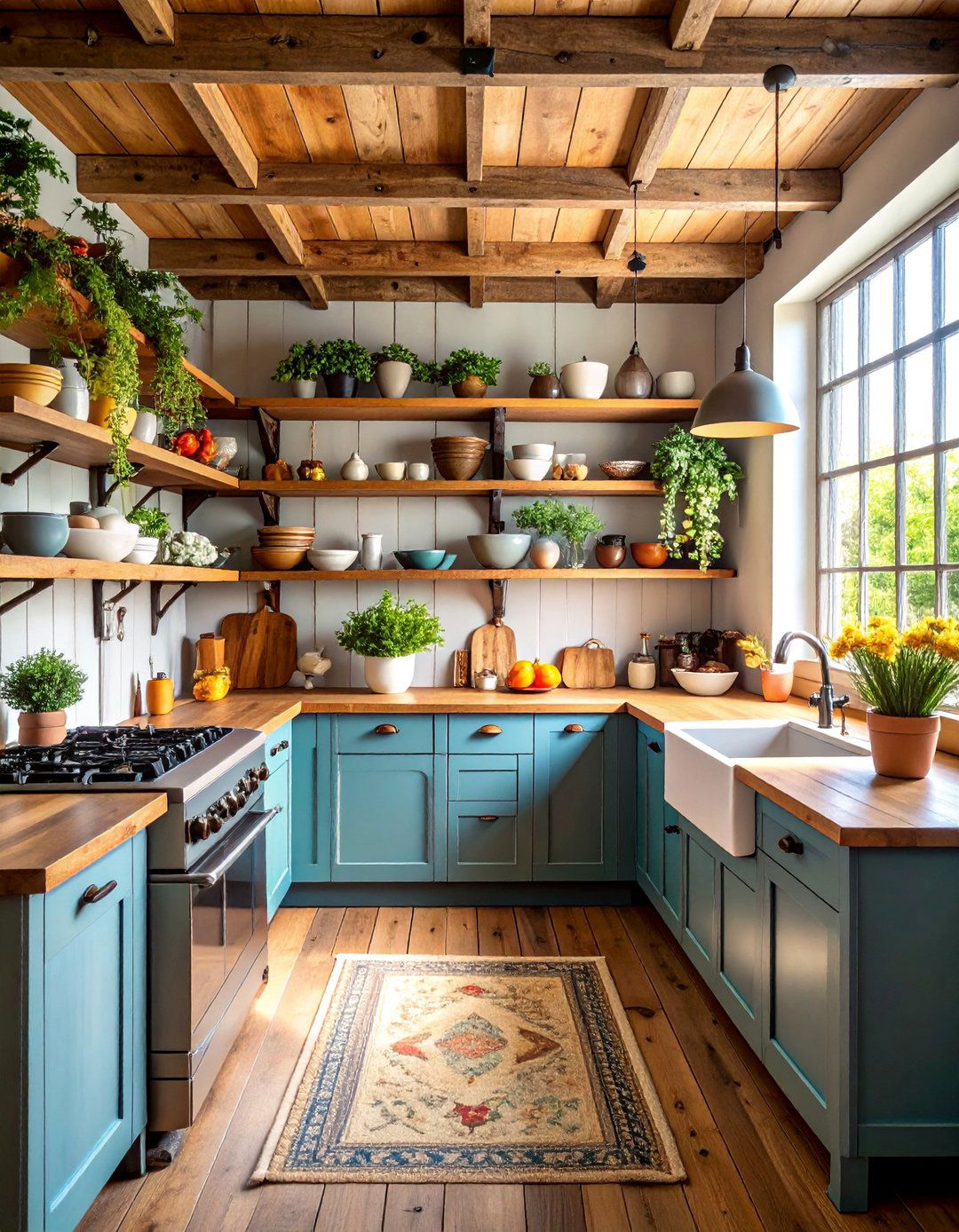
Transform your cooking space with weathered reclaimed wood cabinetry that showcases authentic grain patterns and natural imperfections. Farmhouse kitchens celebrate natural materials and unpretentious design, featuring quality hardwood with visible character marks. Open wooden shelving displays ceramic dishware and mason jars, creating functional storage while maintaining rustic charm. Distressed wood cabinets bring undeniable warmth and character, featuring soft worn edges and subtle imperfections that create a cozy, lived-in aesthetic. Pair with butcher-block countertops and a farmhouse sink to complete this timeless design. Natural stone floors offer individual character and durability, improving with age as they acquire a beautiful patina. The combination creates an inviting space that feels both nostalgic and contemporary, perfect for family gatherings.
2. Biophilic Kitchen with Living Plant Walls
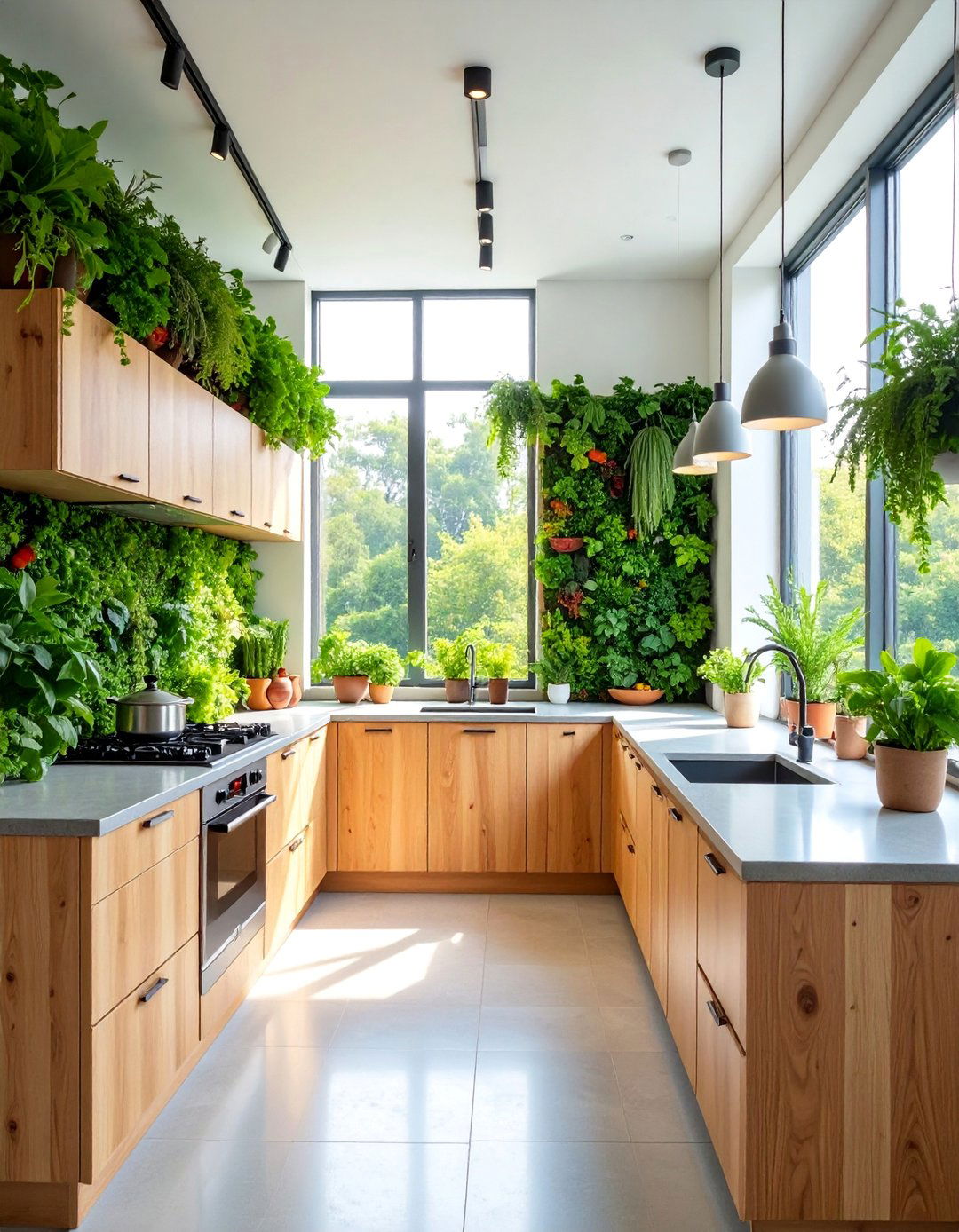
Create a nature sanctuary with integrated vertical herb gardens and living plant walls that purify air while providing fresh ingredients. Biophilic design brings actual natural elements in the form of plants to create environments that promote well-being and connect us to nature. Install custom planters along windows or create dedicated growing stations near cooking areas. Essential plants like basil, mint, spider plants, and pothos thrive in kitchen environments while enhancing air quality. Combine with natural wood cabinetry and stone countertops to establish a complete organic ecosystem. Natural lighting enhances plant growth while creating a cozy, nature-inspired atmosphere. This design transforms cooking into a garden-to-table experience, making meal preparation feel connected to nature's bounty and seasonal rhythms.
3. Organic Modern Kitchen with Live-Edge Countertops
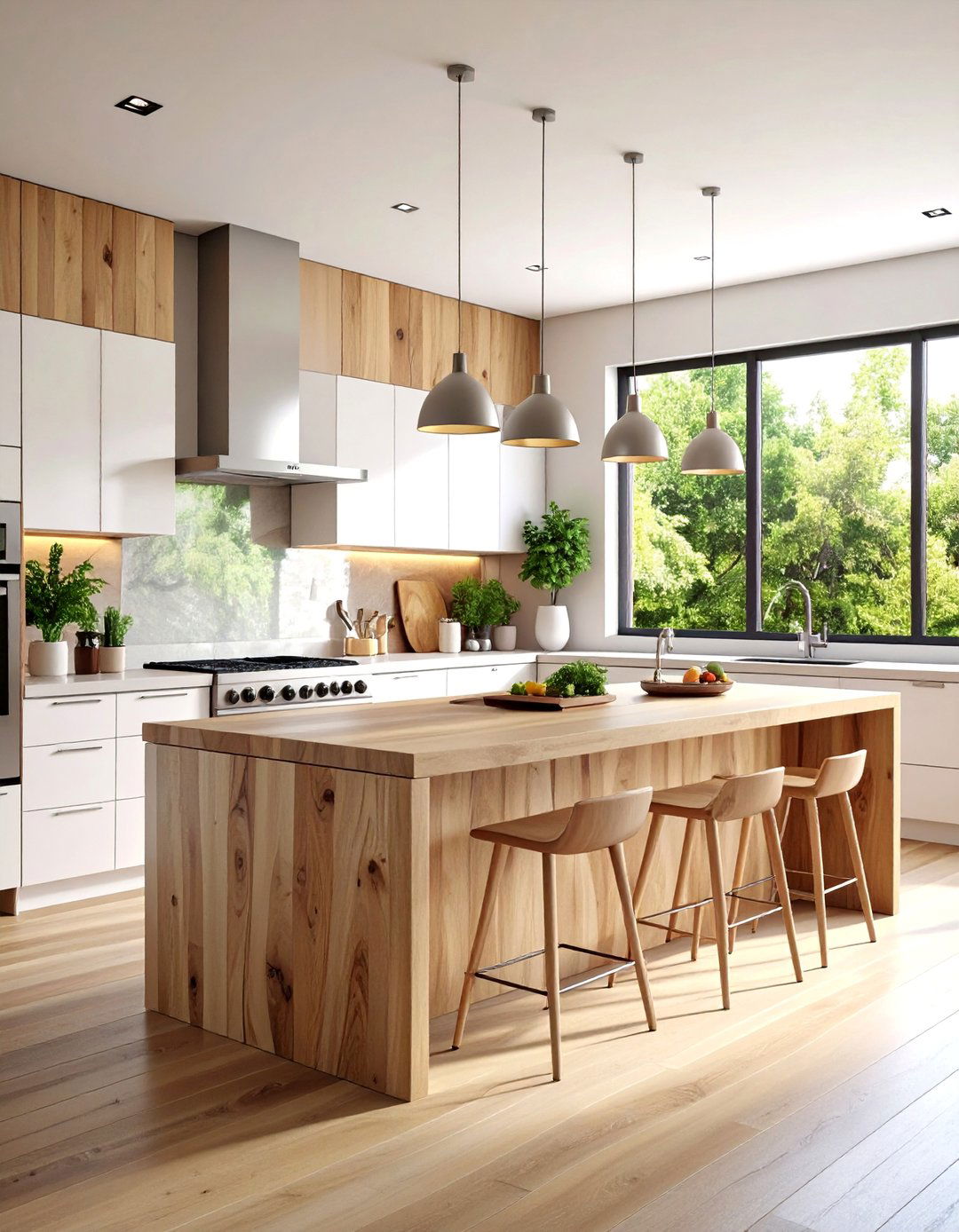
Embrace contemporary design with live-edge wood countertops that preserve the natural boundary between bark and wood. Raw, natural materials like live-edge countertops add organic texture that feels rooted in nature. Natural wood close to its natural state, with clear finishes that highlight grain patterns, creates warmth while maintaining modern aesthetics. Pair with sleek white cabinetry and stainless steel appliances for striking contrast. Organic modern design emphasizes clean lines and minimalist elements while allowing natural materials to take center stage. This philosophy balances functionality with simplicity, creating tranquil spaces using wood, stone, and natural fabrics. The result is a sophisticated kitchen that celebrates imperfection and natural beauty while meeting contemporary lifestyle needs.
4. Bamboo Minimalist Kitchen with Sustainable Elements
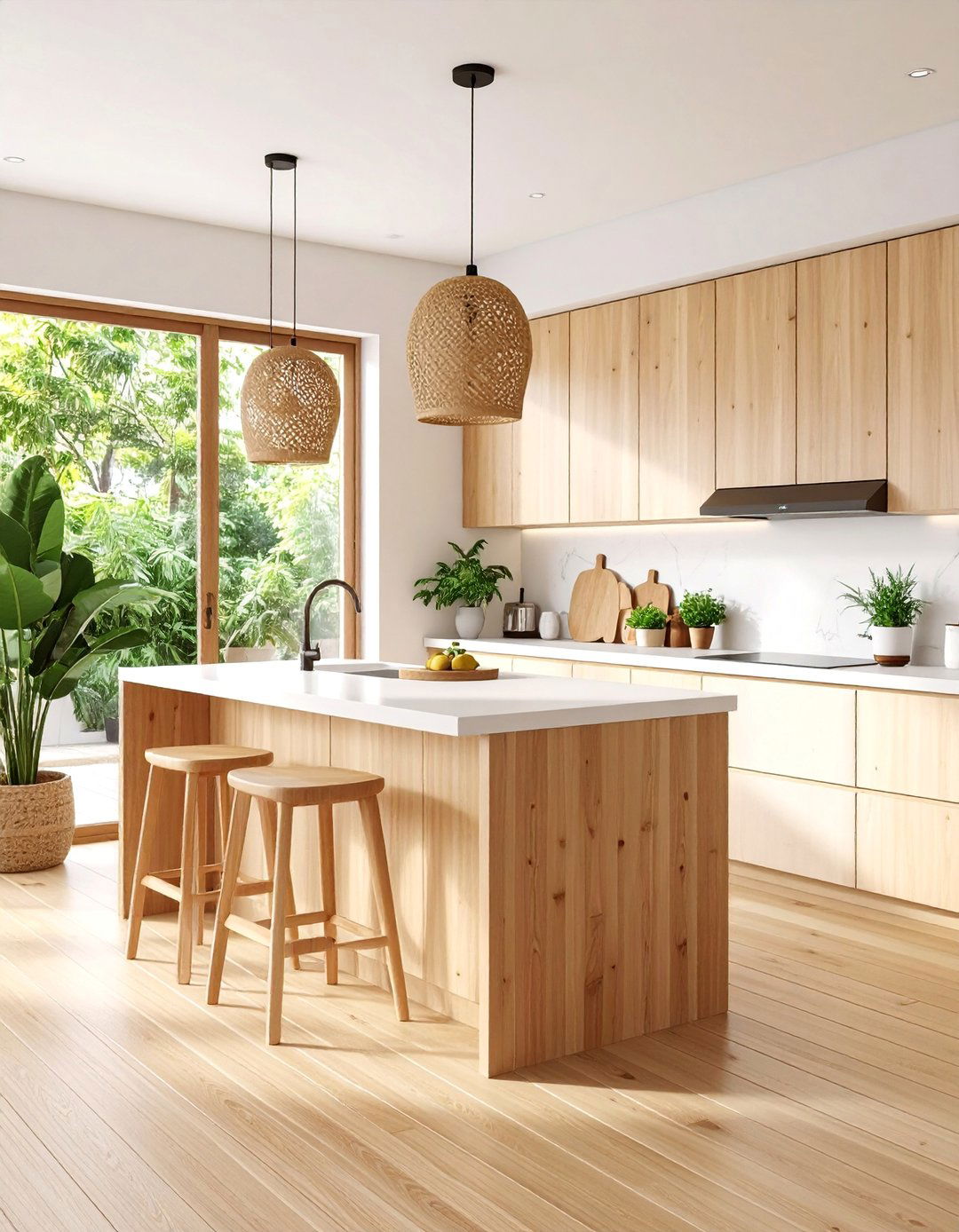
Design an eco-conscious space using bamboo cabinetry, flooring, and accessories that regenerate quickly while offering exceptional durability. Bamboo stands out as a fast-growing renewable resource that absorbs carbon dioxide, offering a strong alternative to traditional hardwoods. Bamboo releases 35% more oxygen than other types of wood and can be used for flooring, furniture, lighting, and storage. Create clean lines with flat-panel bamboo cabinets and complement with white quartz countertops. Bamboo fits beautifully into minimalist, Japandi, and Scandinavian-inspired kitchen styles. Bamboo grows up to three feet per day, making it a highly renewable option that can be harvested without harming its root system. This sustainable approach reduces environmental impact while creating a warm, contemporary cooking environment.
5. Stone and Marble Natural Texture Kitchen
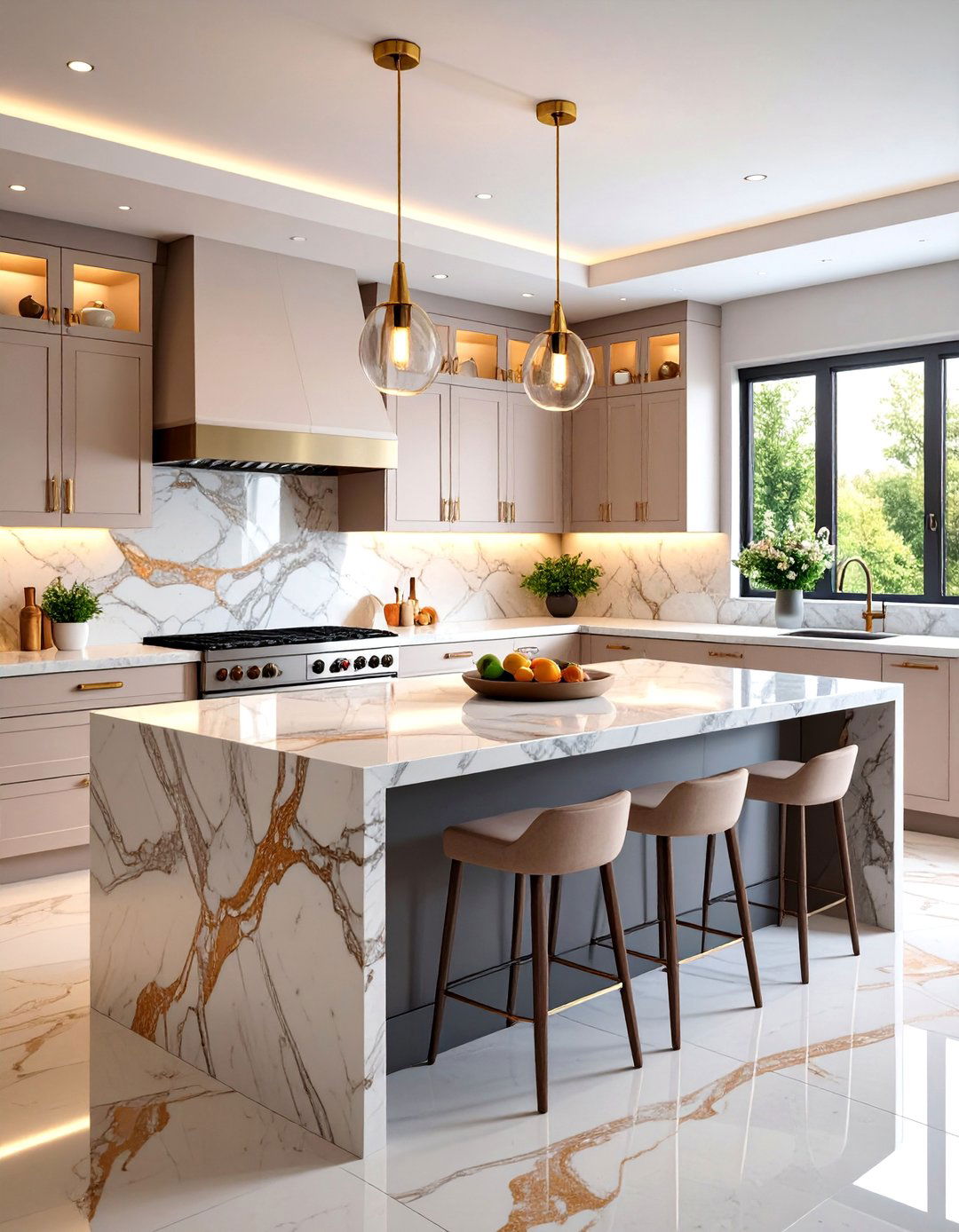
Celebrate geological beauty with natural stone countertops, marble backsplashes, and textured finishes that showcase earth's artistry. Natural stone countertops like marble, granite, and quartzite are favored for their unique patterns and luxurious feel. The organic veining and patterns in stone materials give each surface a one-of-a-kind look that feels both luxurious and grounded. Marble offers timeless elegance with natural imperfections, where every slab has unique patterns formed over time. Combine different stone types for textural contrast, such as honed granite counters with tumbled stone backsplashes. Natural stone materials like soapstone or granite provide earthy texture and exceptional durability for both aesthetics and functionality. This approach creates sophisticated spaces that honor natural geological processes.
6. Cork and Natural Fiber Kitchen Design
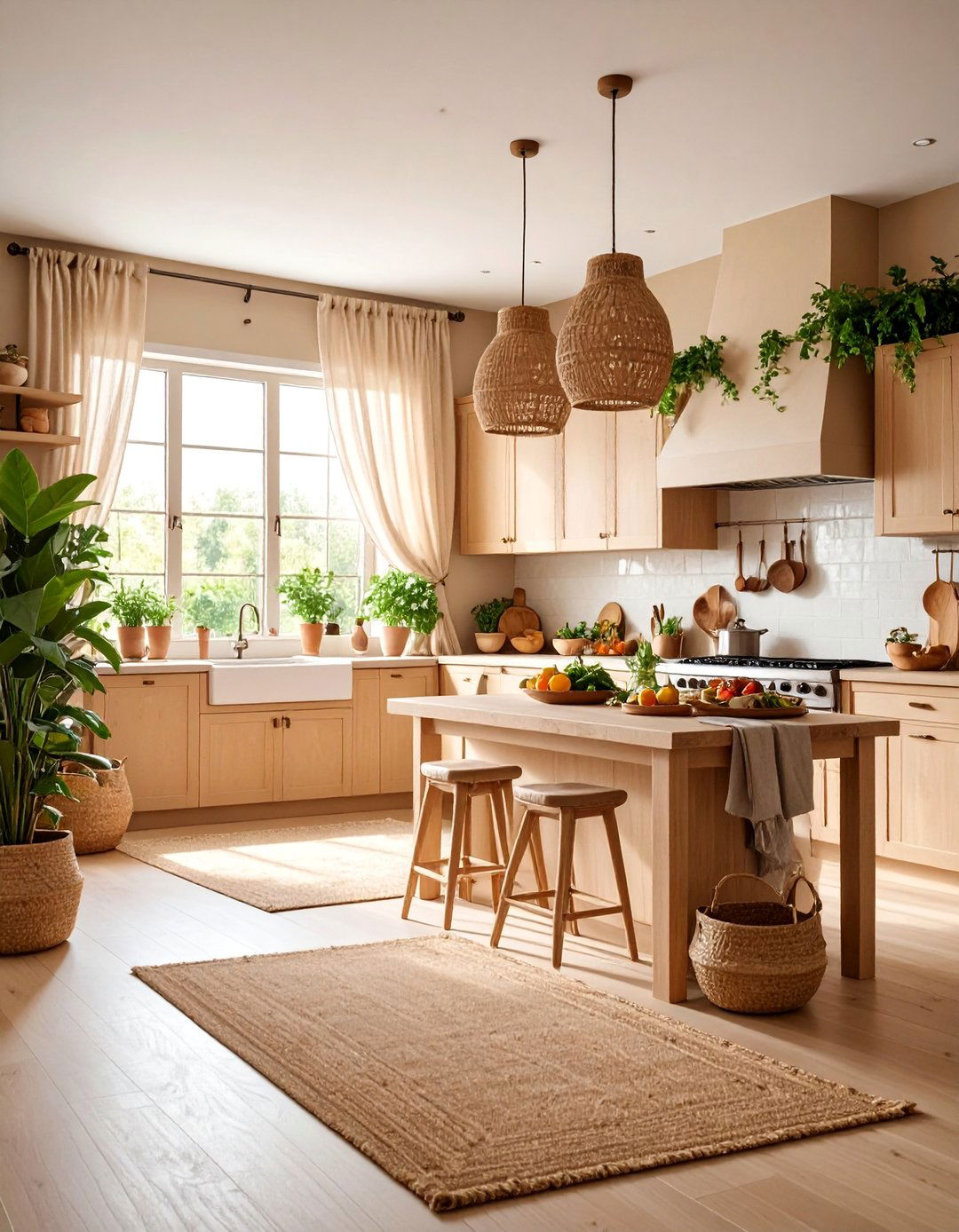
Incorporate cork flooring and wall panels with natural fiber accessories for a soft, warm, and sustainable cooking environment. Cork offers ecological benefits and is harvested from cork oak bark every nine years without damaging the tree. Cork is extremely lightweight, has great impact resistance, and provides excellent thermal and sound insulation. Cork flooring provides a springy, comfortable surface that's resistant to dents while showing natural grain patterns. Combine with linen curtains, jute rugs, and woven baskets for complete natural fiber integration. Natural fiber textiles like jute and linen add warmth and depth, creating cozy, welcoming environments. Cork maintains human body temperature, making it warm to touch and resembling natural tree bark for tactile appeal. This design promotes comfort and sustainability.
7. Skylight-Illuminated Kitchen with Natural Light Focus
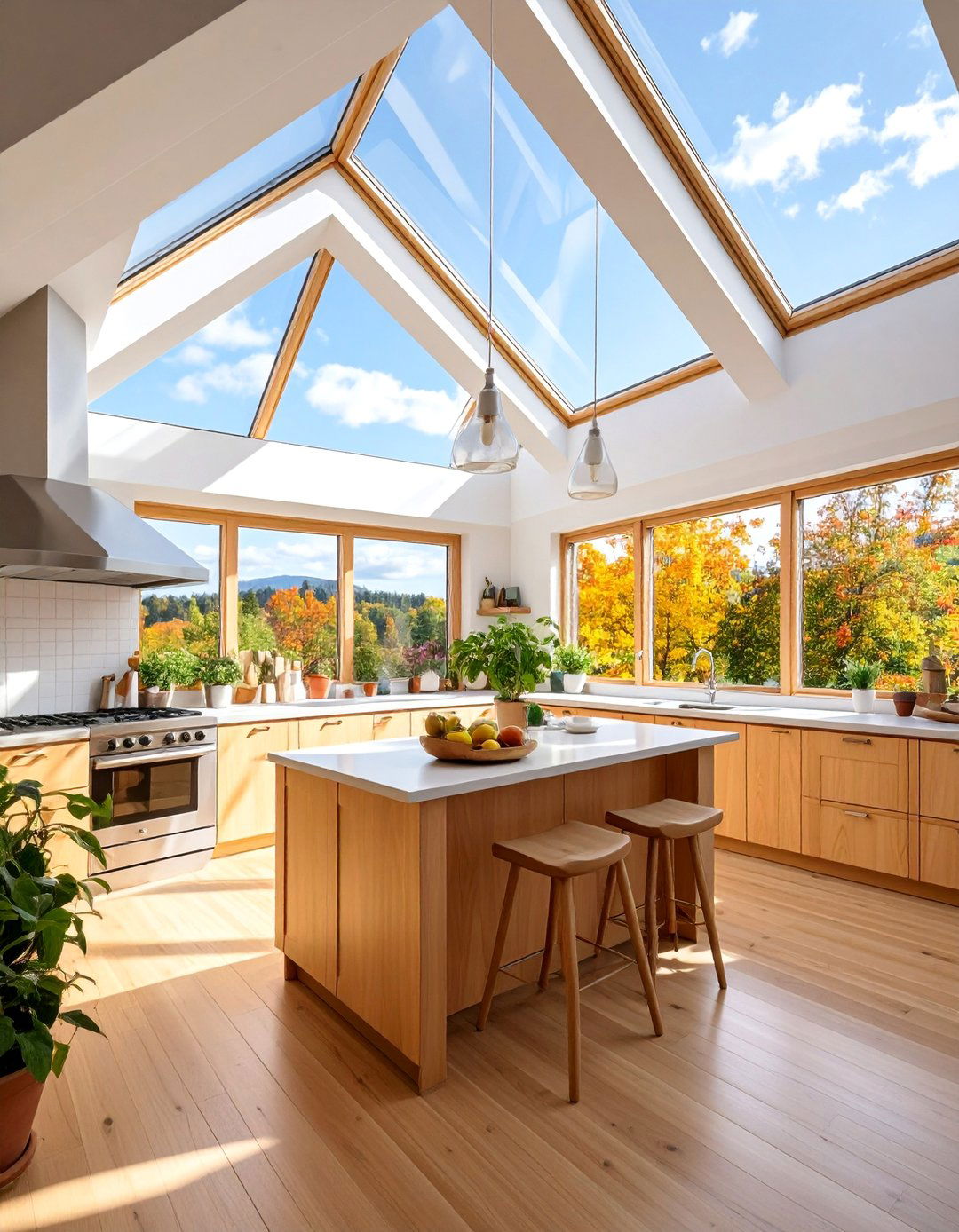
Maximize natural illumination with strategically placed skylights that flood your cooking space with daylight throughout daily cycles. Kitchen skylights bring natural light to rooms that might otherwise lack sufficient illumination, providing softer, more natural light flow. Installing skylights can transform dark kitchens, making it possible to use bold colors without feeling oppressive. Skylights placed above islands or prep zones provide consistent, beautiful lighting while reducing artificial lighting needs. Natural light from skylights creates dynamic experiences as daylight changes throughout the day, opening up rooms visually. Daylight bounces off surfaces like stone countertops and tiled backsplashes, adding depth and brightness without extra design effort. This approach creates bright, airy spaces that feel connected to outdoor environments and seasonal rhythms.
8. Exposed Wooden Beam Rustic Kitchen
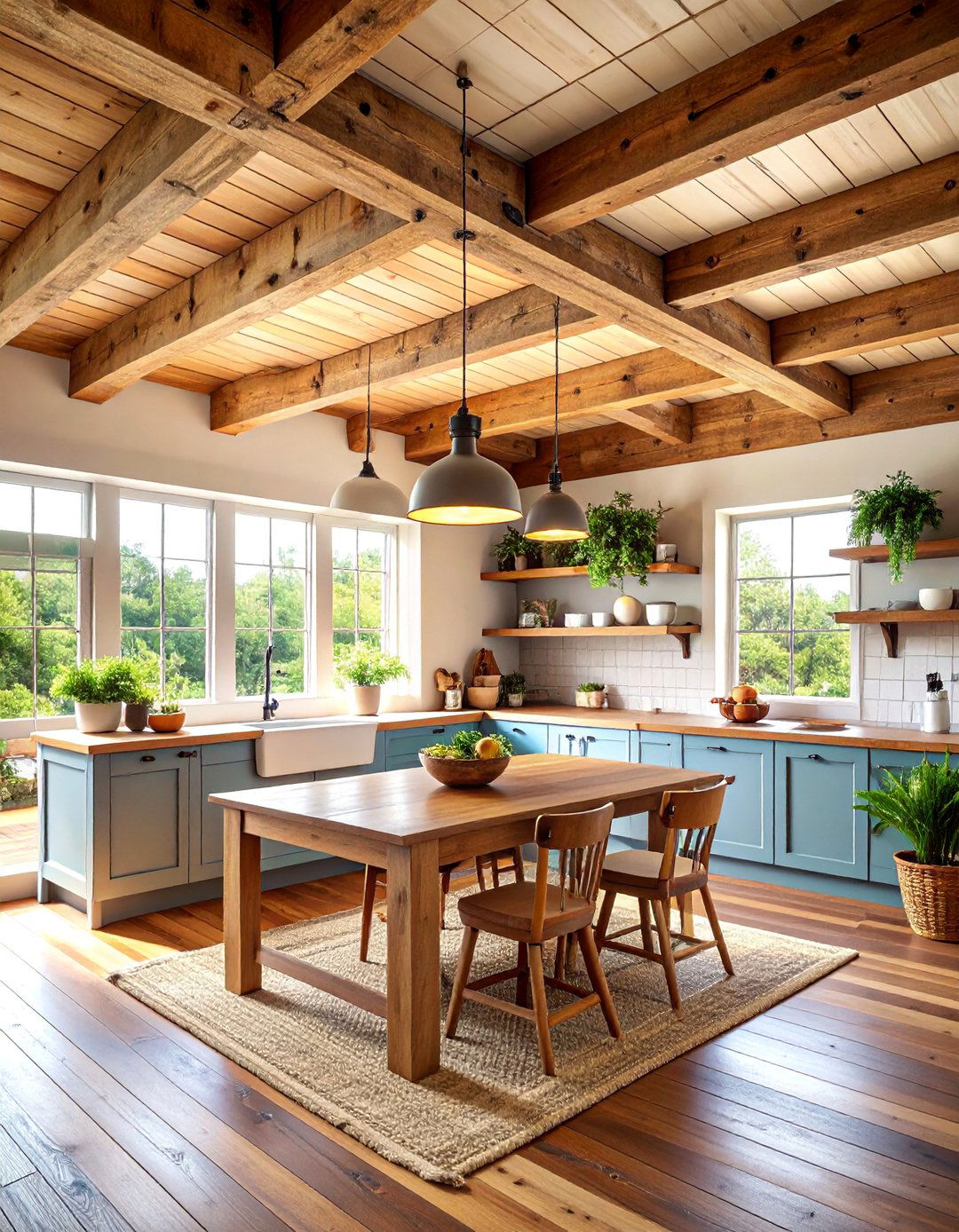
Feature ceiling beams and architectural wood elements that add rustic authenticity while creating visual interest and warmth. Exposed wooden beams epitomize farmhouse charm, blending warmth and character while showcasing natural material beauty. Statement-making ceiling beams pair with natural wood cabinet fronts and window trim for quiet, rustic design. Chunky natural roof beams create architectural interest, though careful design prevents them from feeling heavy or overwhelming. Whether left natural or painted white for modern farmhouse appeal, wooden beams enhance cozy character while framing kitchen areas. Combine with shiplap walls and vintage lighting for complete rustic integration. Dark wooden ceiling elements draw attention to natural light sources while adding textural contrast. This design celebrates structural honesty and traditional craftsmanship.
9. Mixed Natural Material Kitchen with Textural Contrast
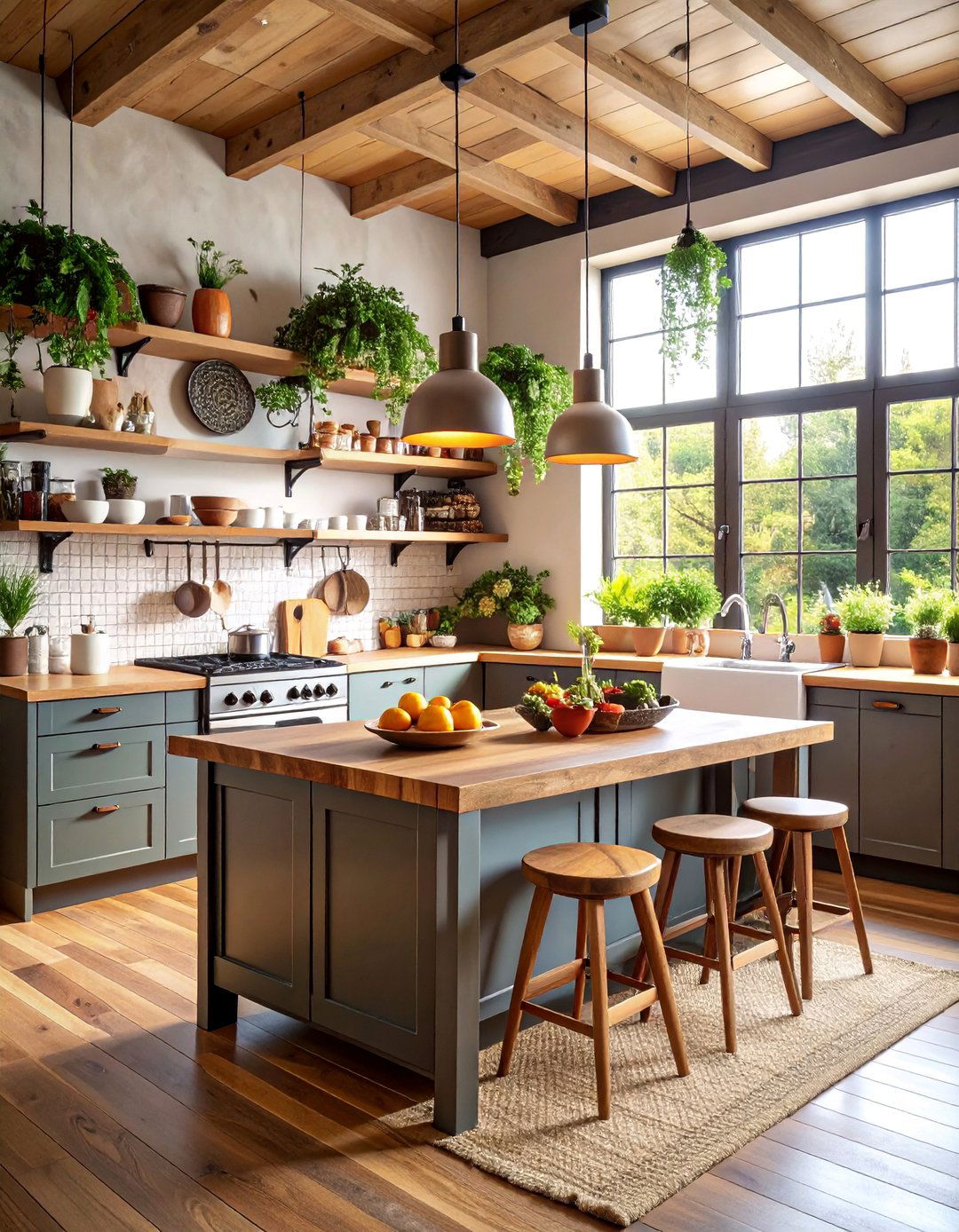
Combine multiple organic materials like wood, stone, metal, and natural fibers to create rich, layered environments with tactile appeal. Mixing textures prevents spaces from feeling flat, with smooth stone countertops contrasting beautifully with rough wooden elements. Combining warm materials with cooler elements, such as walnut cabinets with white marble countertops, creates stunning visual balance. Reclaimed wood, textured tiles, and woven materials add character while softening clean modern lines. Natural materials paired with organic textures like wooden utensils, woven baskets, and natural fiber rugs create welcoming environments. Thoughtful texture combination ensures kitchens feel layered and inviting while maintaining overall harmony. This approach celebrates material diversity while maintaining cohesive natural aesthetics that engage multiple senses.
10. Open Concept Kitchen with Indoor-Outdoor Connection
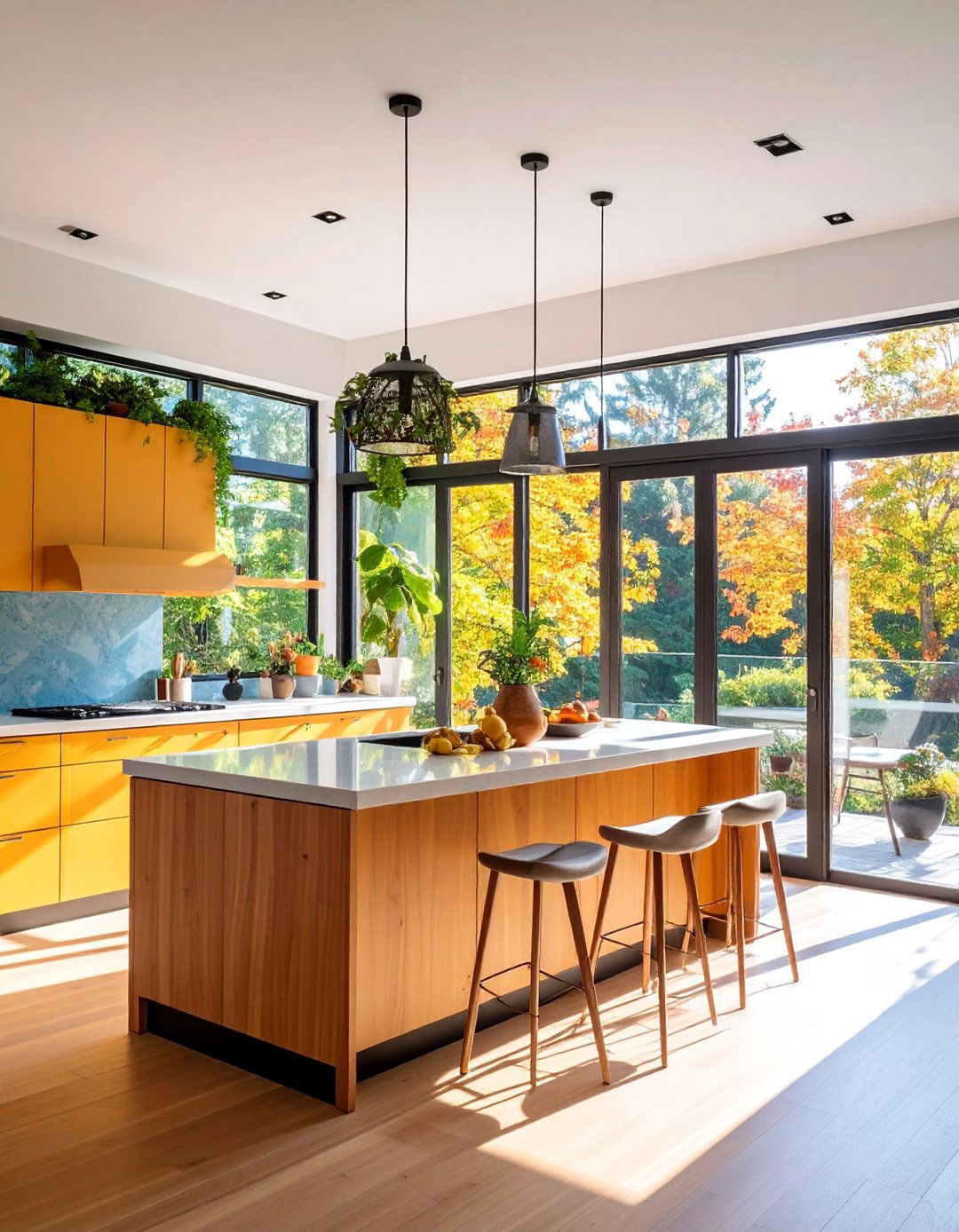
Design seamless transitions between interior cooking spaces and outdoor environments using large windows, glass doors, and natural materials. Designs increasingly blend indoor and outdoor spaces to foster social engagement and connection to nature. Large windows, skylights, or glass doors are essential for connecting kitchens to outdoors while enhancing natural light. Full-height glass doors and wide windows flood spaces with light while framing exterior views. Seamless flooring extending from indoor spaces to outdoor patios blurs boundaries between environments. Large windows, sliding glass doors, and skylights dramatically improve open-concept spaces by inviting beautiful sunlight. This design enhances natural light and airflow while creating bright, connected environments perfect for entertaining and family interaction.
11. Earthy Color Palette Kitchen with Natural Pigments

Create calming environments using nature-inspired colors like sage green, terracotta, warm browns, and soft stone tones. Earthy neutrals like terracotta, sage, taupe, and soft browns create welcoming atmospheres while remaining versatile across design styles. Nature-inspired kitchens embrace earthy color palettes including greens, browns, beiges, and blues that evoke natural landscapes. Examples include dark wood contrasted with green and white, or light wood with beige and cream combinations. Neutral palettes allow organic materials like wood and stone to take center stage while creating serene, airy atmospheres. Warm, earthy tones like beige, brown, terracotta, and olive green complement rustic kitchens' natural textures and materials. These natural pigment choices create timeless, sophisticated spaces that feel grounded and harmonious.
12. Concrete and Raw Material Modern Kitchen
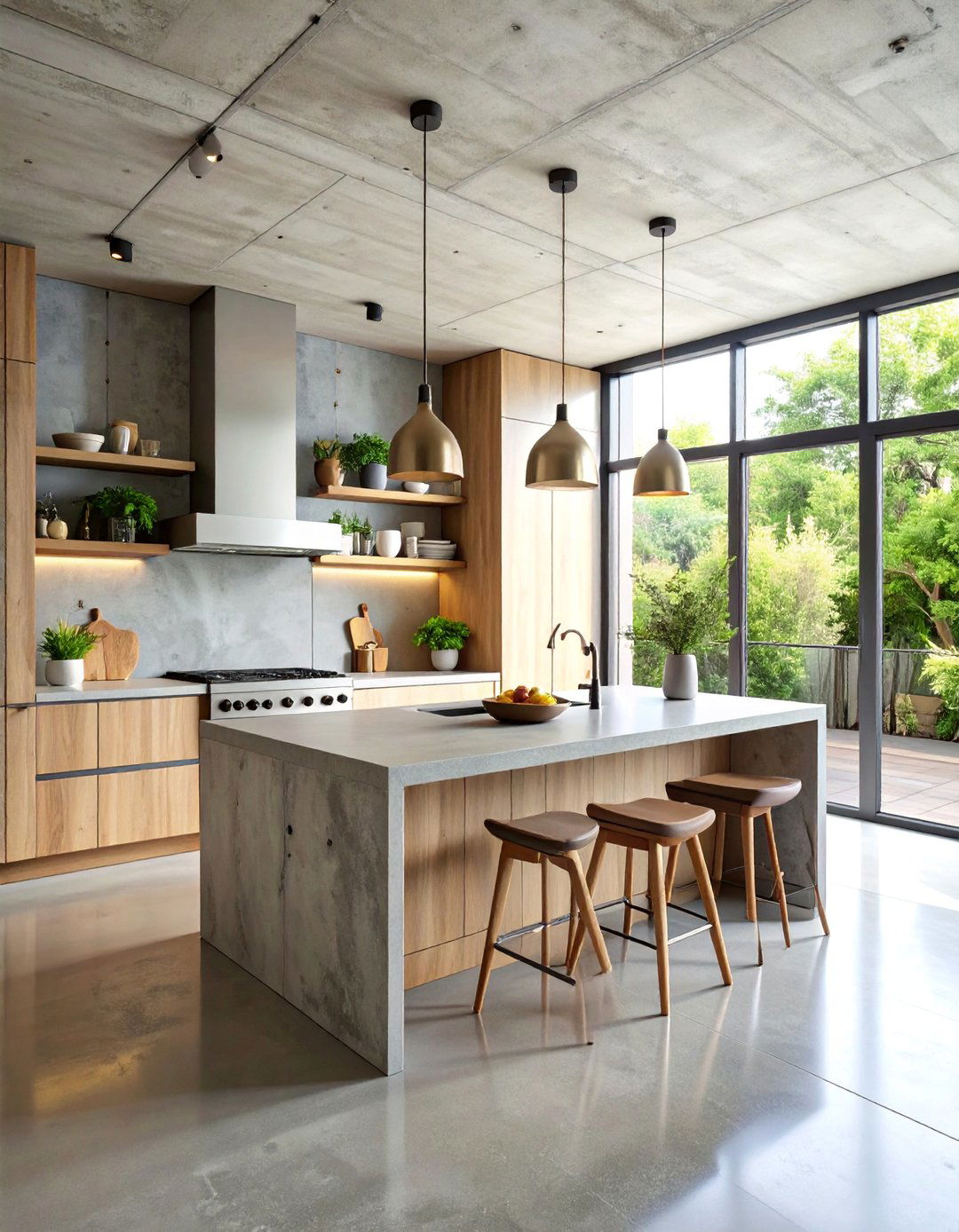
Embrace industrial-organic fusion with polished concrete countertops, floors, and accent walls that provide urban sophistication with natural appeal. Concrete flooring offers minimalist urban appeal with durability and versatility, available in polished or matte finishes. Polished concrete provides sleek, minimal surfaces that create beautiful contrast when paired with warm wood elements. Modern concrete countertops paired with oversize lanterns and industrial-style stools create ultimate rustic-meets-refined spaces. Concrete can be stained or tinted in various colors, with decorative inlays adding visual interest. Pairing warm woods with polished concrete, steel accents, or bold materials gives kitchens contemporary urban sophistication. This approach celebrates raw industrial materials while maintaining organic warmth through natural accents and thoughtful design balance.
13. Natural Plaster and Lime Wash Kitchen Design
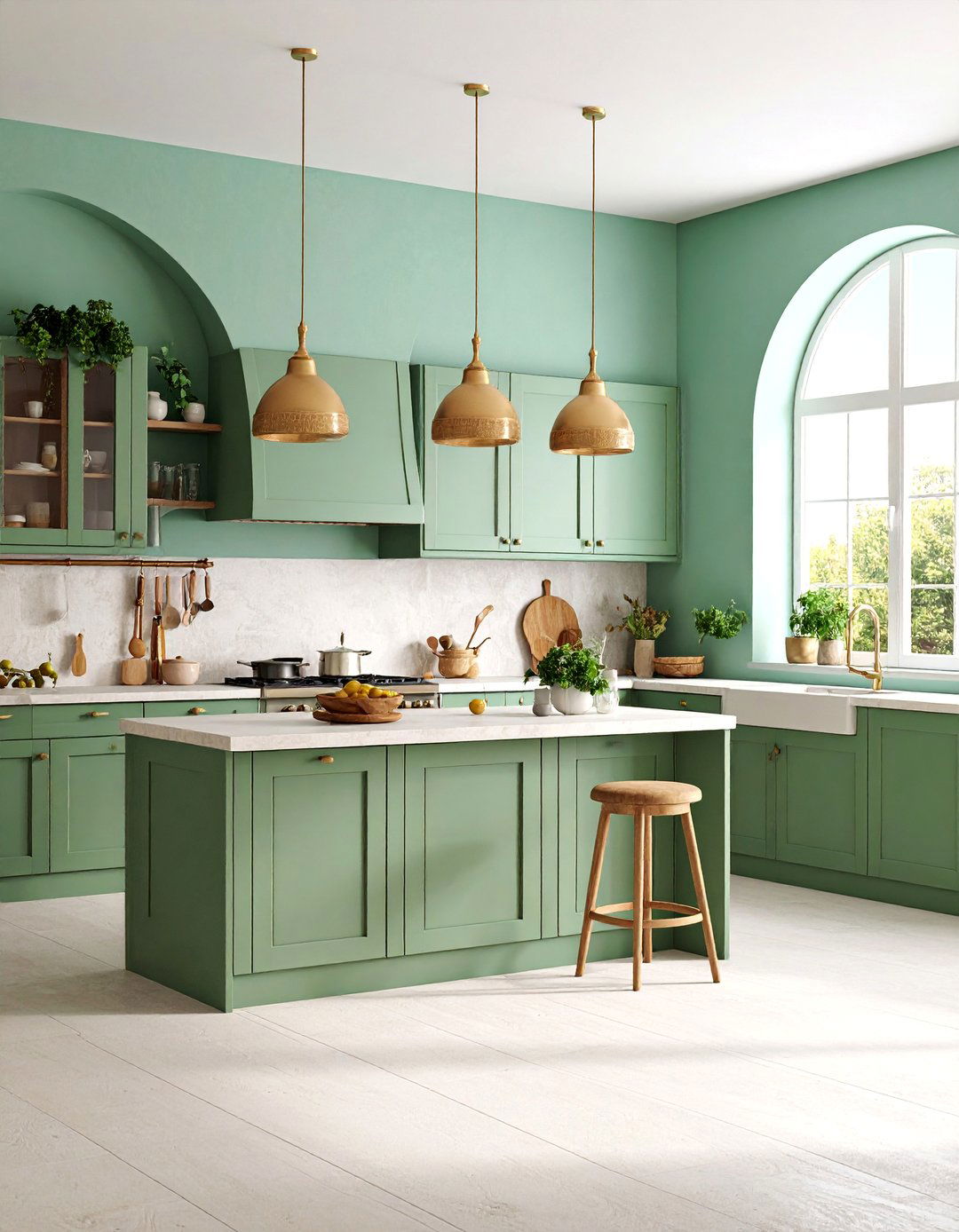
Incorporate textured wall finishes using natural plaster, lime wash, and venetian plaster that add organic movement and sophisticated depth. Lime wash trends remain strong in kitchens, offering subtle movement and marble-like elegance at lower costs. Plaster hoods and imperfect raw materials add modern organic elements while bringing warmth and asymmetry. Lime-washed walls create striking contrast with wood flooring, ceiling beams, and stone accent walls. Textured walls and ceilings add depth and character, creating inviting and unique kitchen environments. Natural lime wash and venetian plaster materials provide organic feel for fractions of natural stone costs. These ancient techniques create contemporary sophistication while honoring traditional craftsmanship. The subtle texture variations add visual interest and tactile appeal that changes throughout the day with shifting light conditions.
14. Rattan and Woven Natural Accent Kitchen
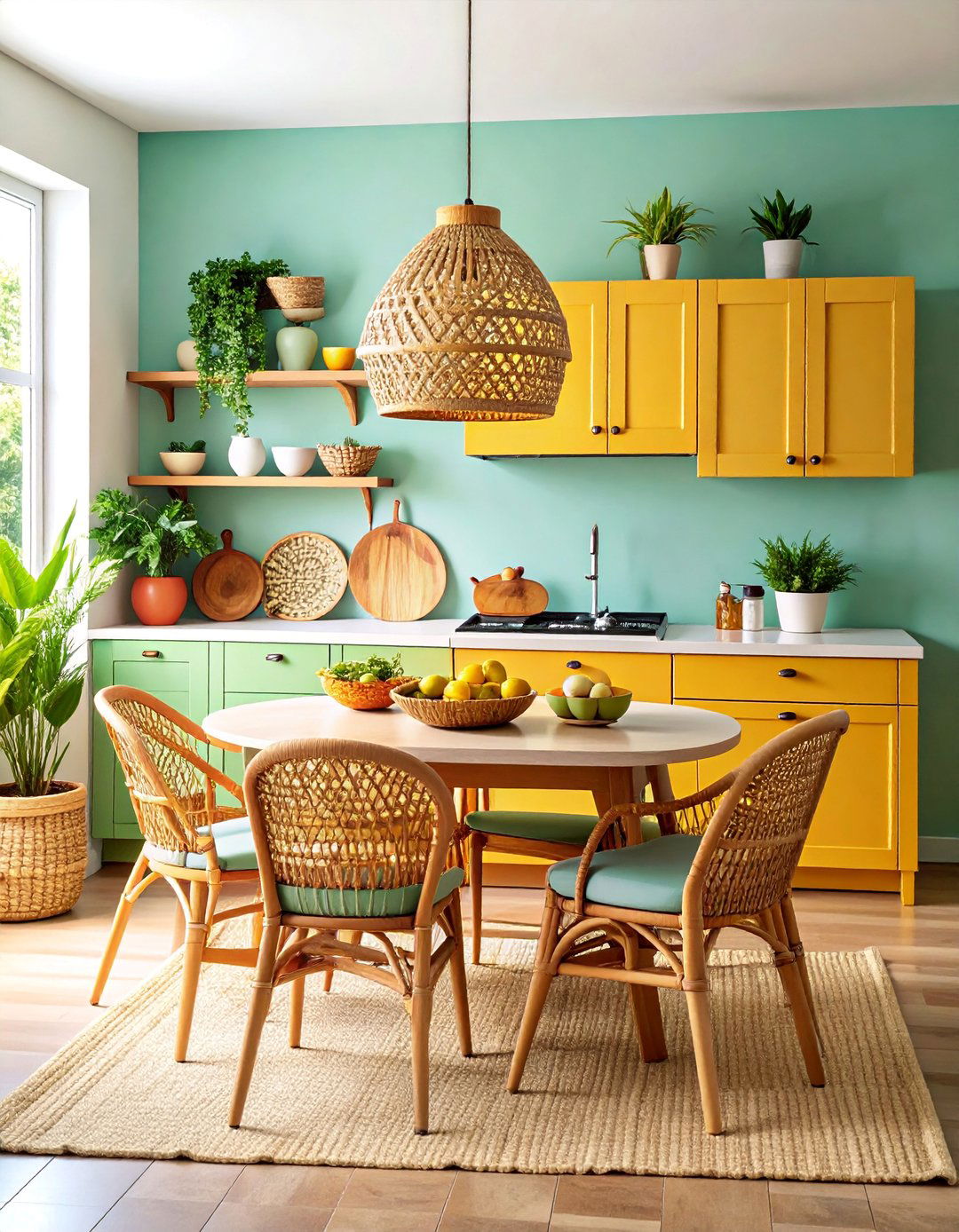
Integrate rattan furniture, woven baskets, and natural fiber accessories that bring tropical warmth and artisanal character to cooking spaces. Rattan is lightweight, durable, resilient, and exceptionally sustainable with air-purifying properties that convert CO2 into clean air. Woven baskets, jute rugs, and linen curtains infuse farmhouse kitchens with texture and warmth. Woven baskets provide organized storage while adding texture and visual interest to open shelves or countertops. Bamboo mats and wicker baskets add organic style while demonstrating how functionality and beauty work together. Woven materials like rattan chairs, wicker baskets, and linen curtains add subtle texture and organic feel. This design approach celebrates global craftsmanship while creating casual, lived-in environments that feel collected over time.
15. Herb Garden Integrated Kitchen with Growing Stations
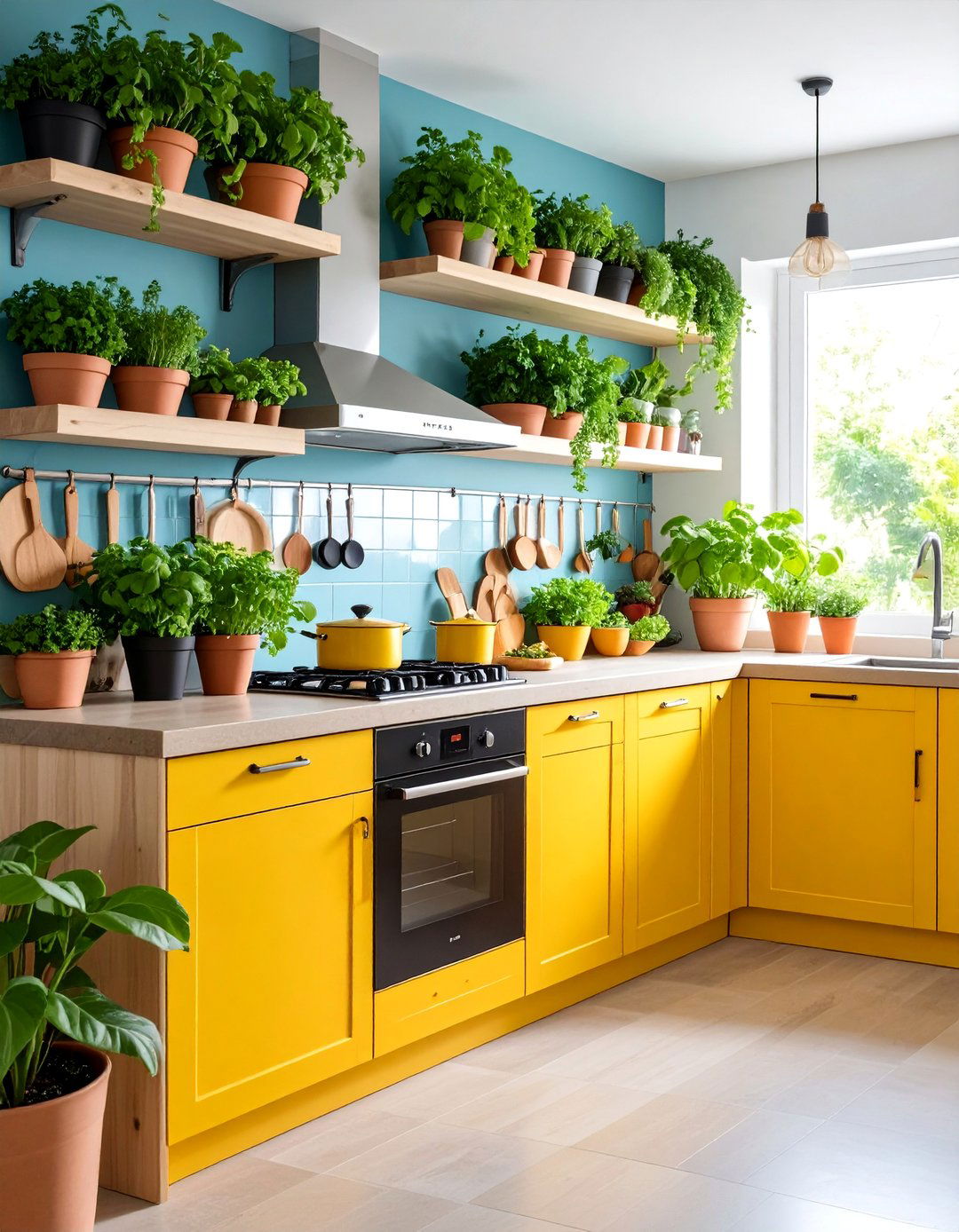
Design dedicated growing areas with built-in planters, herb gardens, and food display stations that make fresh ingredients part of your décor. Indoor herb gardens add freshness and greenery, providing herbs like basil, rosemary, and mint right at your fingertips. Growing herbs in kitchens provides fresh ingredients while contributing to natural design and delightful aromas. Potted herbs add pops of green while introducing fresh, natural elements that enhance outdoor connections. Display farmers market produce in woven baskets and show cooking oils in strategic containers for natural decorative appeal. Plants like basil and mint can be used in cooking while enhancing air quality and bringing life into spaces. This functional approach combines practical cooking needs with biophilic design principles, creating living kitchens that celebrate the garden-to-table lifestyle.
16. Reclaimed Metal and Wood Industrial-Organic Kitchen

Combine reclaimed steel, copper, and wood elements that blend industrial heritage with natural warmth for unique character. Repurposed metals like reclaimed wood bring stylish, eco-friendly touches to luxury kitchens with endless recyclability. Copper vent hoods paired with forest green ranges and deep blue workbench cabinetry create authentic, pieced-together vibes. Stainless steel achieves up to 94.6% recycled content while recycling aluminum saves 95% energy compared to new production. Contrasting materials like warm woods with steel accents or bold marble creates striking industrial edges. Reclaimed materials including old glass and aged metal create unique, visually appealing designs for ceiling accents, flooring, and backsplashes. This approach honors industrial history while promoting sustainability through material reuse and creative upcycling.
17. Natural Stone Flooring with Heated Comfort
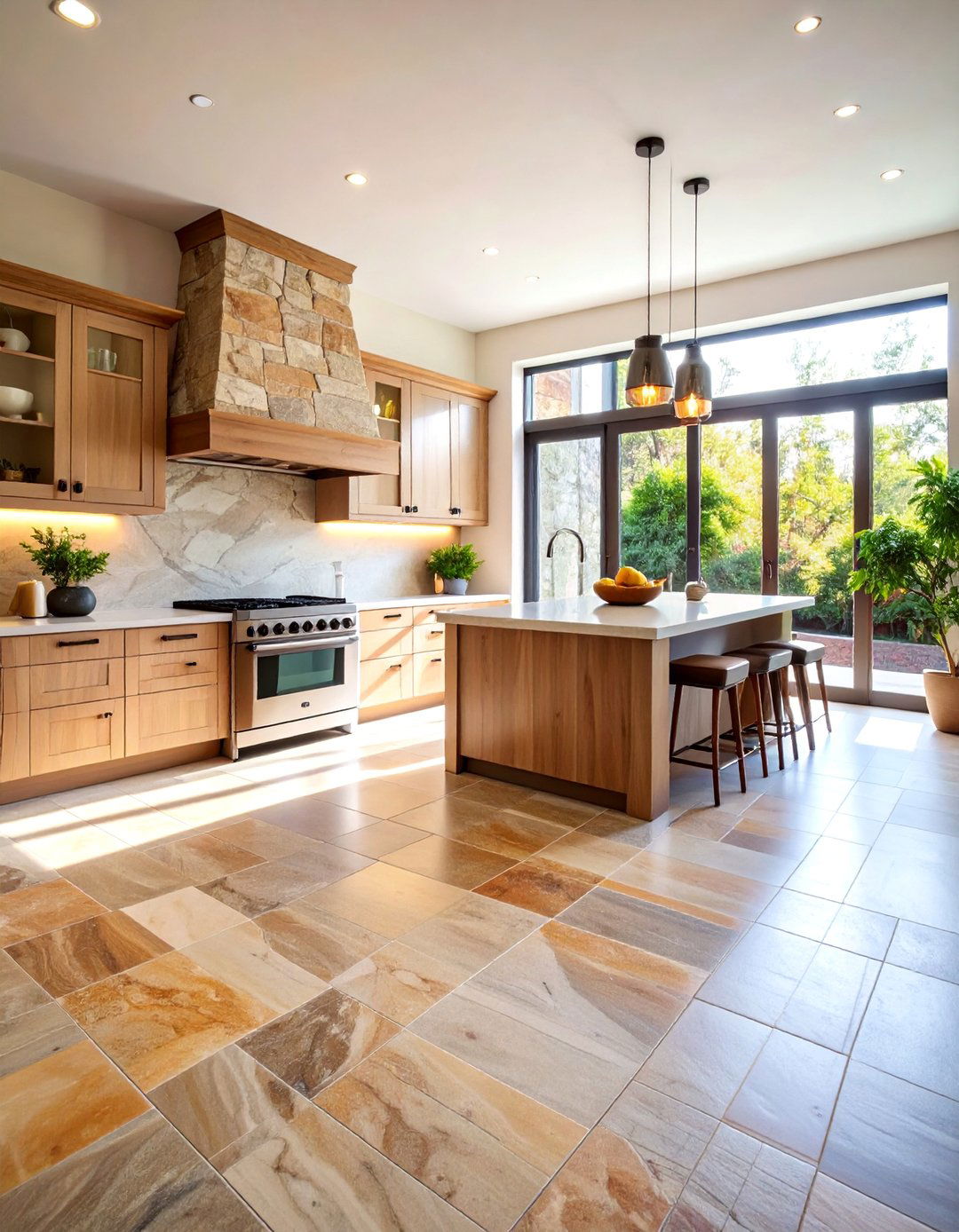
Install natural stone floors with radiant heating systems that provide luxury comfort while showcasing geological beauty and durability. Natural stone floors offer individual character and beauty, with no two tiles identical, creating unique, personally distinctive surfaces. Stone offers classic, luxurious appearance that improves with age as it acquires beautiful patina over time. Pairing stone with radiant heating systems makes naturally cool materials cozy options even in colder climates. Stone provides temperature variation compared to organic materials, with high thermal conductivity creating cooling contrast to warmer wood surfaces. Rough oak floors with warm finishes set welcoming tones while stone elements add understated textural contrast. This combination delivers both sensory appeal and practical comfort, creating floors that are beautiful, functional, and energy-efficient.
18. Japandi Minimalist Kitchen with Natural Harmony
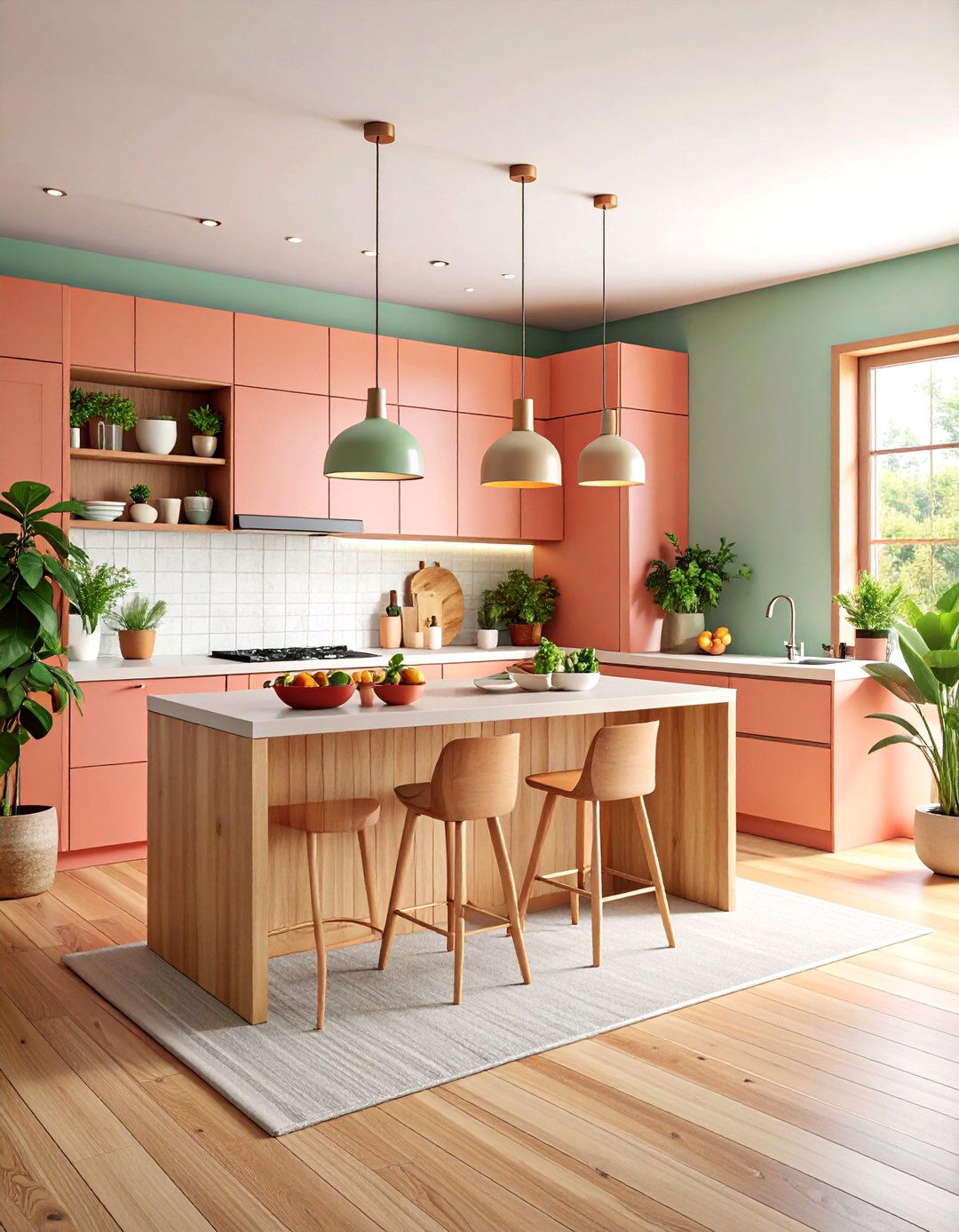
Embrace Japanese-Scandinavian fusion using clean lines, natural wood, and minimal ornamentation that creates serene, functional cooking environments. Japandi and Wabi-Sabi styles emphasize nature's significant role in both foundation and decorative design elements. Bamboo fits beautifully into Japandi design styles, creating warm, nature-inspired atmospheres with natural light enhancement. Scandinavian vibes balance rustic and modern elements with soft, traditional features, dark countertops, and pale floors. This design philosophy emphasizes functionality and simplicity, creating tranquil spaces using natural materials and muted colors. Modern minimalist interiors tend toward simplicity while incorporating natural elements that provide warmth without overwhelming spaces. The result is sophisticated simplicity that celebrates craftsmanship, natural beauty, and mindful living principles through thoughtful material selection.
19. Water Feature Kitchen with Natural Sound Elements
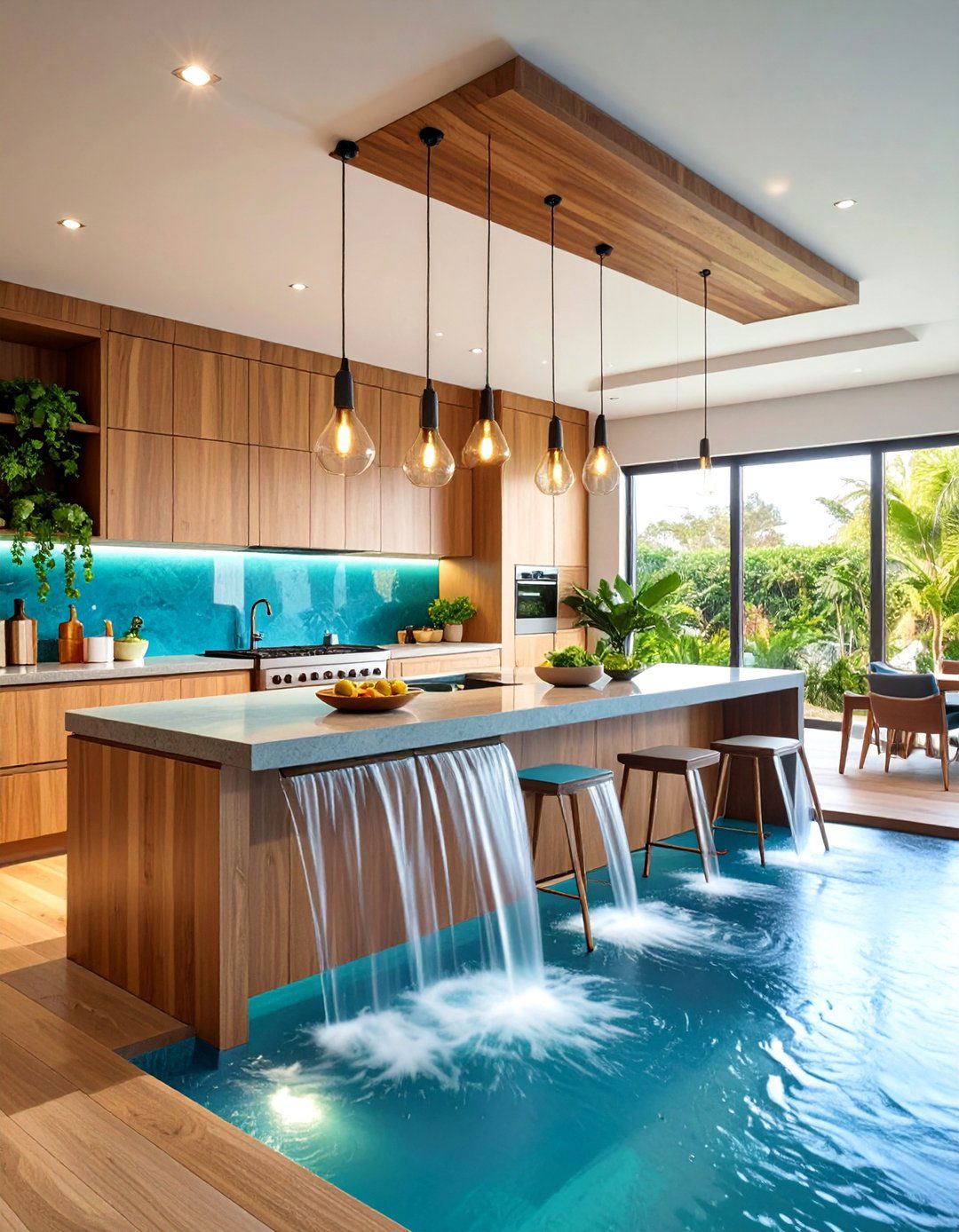
Integrate subtle water features, natural sound elements, and flowing design that creates peaceful, spa-like cooking environments. The sound of water has calming effects on mind and body, making it ideal for kitchen design integration. Water features along with indoor gardens, green walls, and natural elements integrate nature into homes. Biophilic design recognizes nature's positive impact on human well-being, emphasizing integration of natural patterns and elements. Everything feels more zen under natural elements that create peaceful, meditative environments. Create gentle fountains near dining areas or incorporate water-inspired backsplash designs with flowing patterns. Natural materials and thoughtful design help create grounding, serene atmospheres that promote relaxation and mindful living. This approach transforms kitchens into personal sanctuaries that celebrate the calming properties of natural water elements.
20. Large Window Wall Kitchen with Garden Views
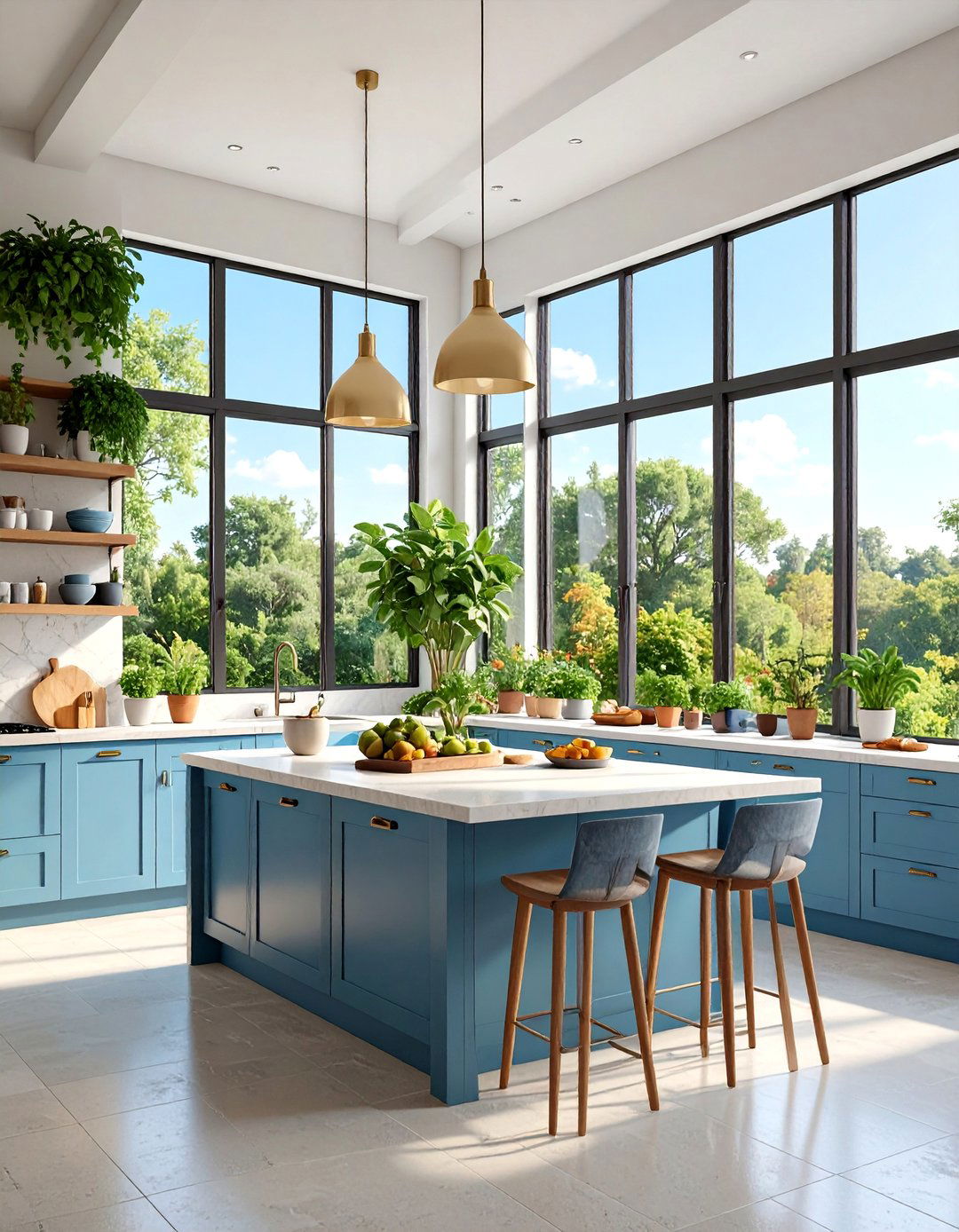
Design kitchens around expansive window walls that frame garden views while maximizing natural light and outdoor connections. Wide windows, skylights, and full-height glass doors flood bright kitchens with natural light. South-facing windows bring consistent light throughout the day while framing exterior views that connect kitchens to outdoors. Large windows and skylights are great options for inviting sun into kitchens, with glass doors leading to outdoor spaces. Full-height glass walls create spectacular kitchens flanked by natural light on multiple sides. Natural light enhances warmth of wood and stone while keeping spaces bright and fresh. Unlike artificial lights, daylight changes throughout the day, giving kitchens dynamic feel with morning warmth transitioning to evening softness. This design celebrates the changing seasons and daily light cycles.
21. Sustainable Cork Cabinet Kitchen with Eco-Friendly Focus
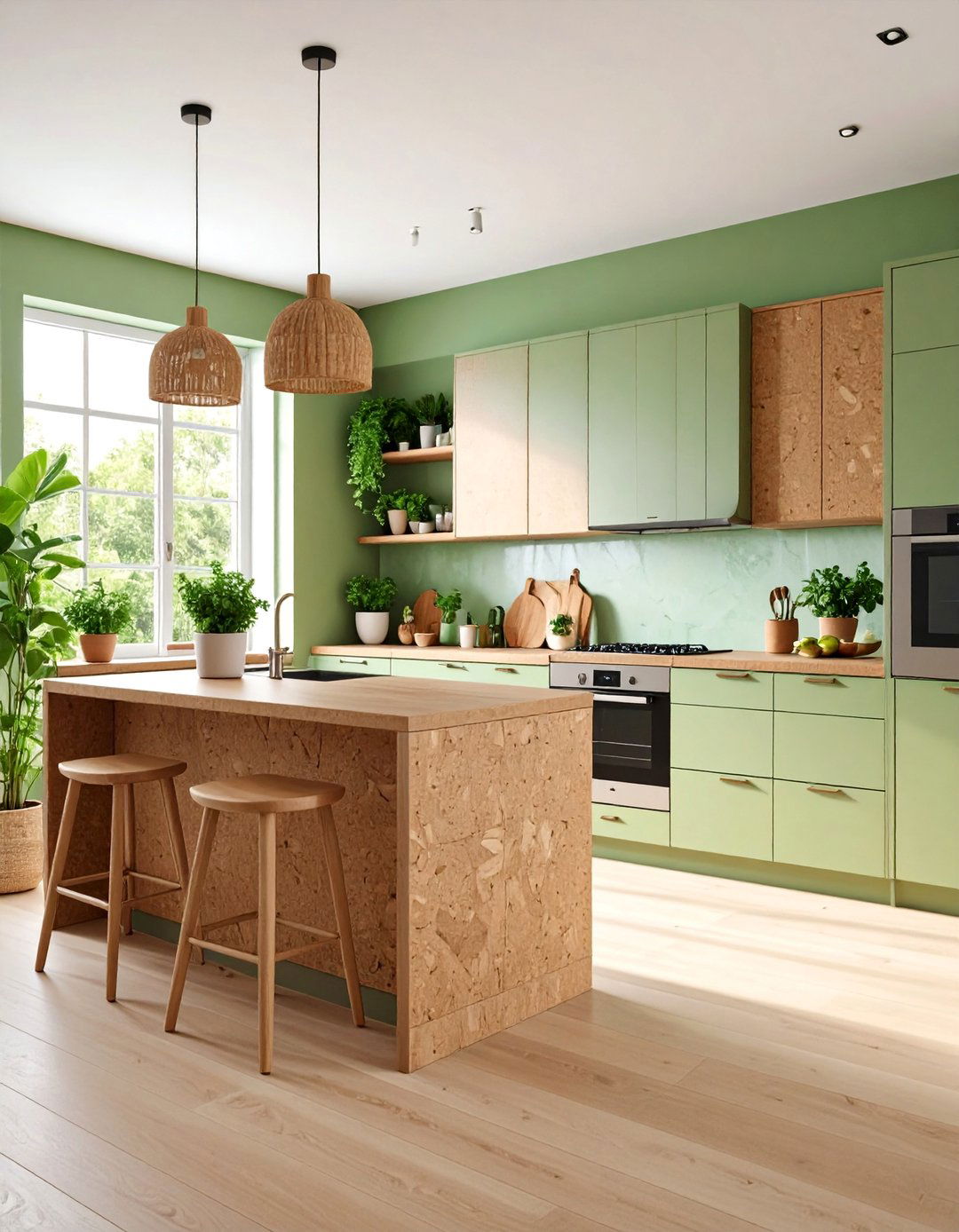
Create environmentally conscious designs using cork cabinetry, sustainable appliances, and eco-friendly materials that minimize environmental impact. Cork components maintain appearance and functionality for decades, offering long-term value with proper care. Cork is stable, tough, durable, and hard-wearing while resembling natural tree bark for tactile appeal. Eco-friendly choices involve energy-efficient appliances, low-flow faucets, and sustainable countertops, furniture, and décor. Homeowners seek eco-friendly materials that reduce environmental impact while offering durability and style. Durable, eco-friendly materials like cork foster mindfulness, ease, and reduced ecological footprints. Over 50% of real estate professionals note increasing client demand for sustainable materials in premium kitchen design. This approach demonstrates that environmental responsibility enhances rather than compromises luxury and functionality.
22. Natural Fiber Kitchen with Textile Integration
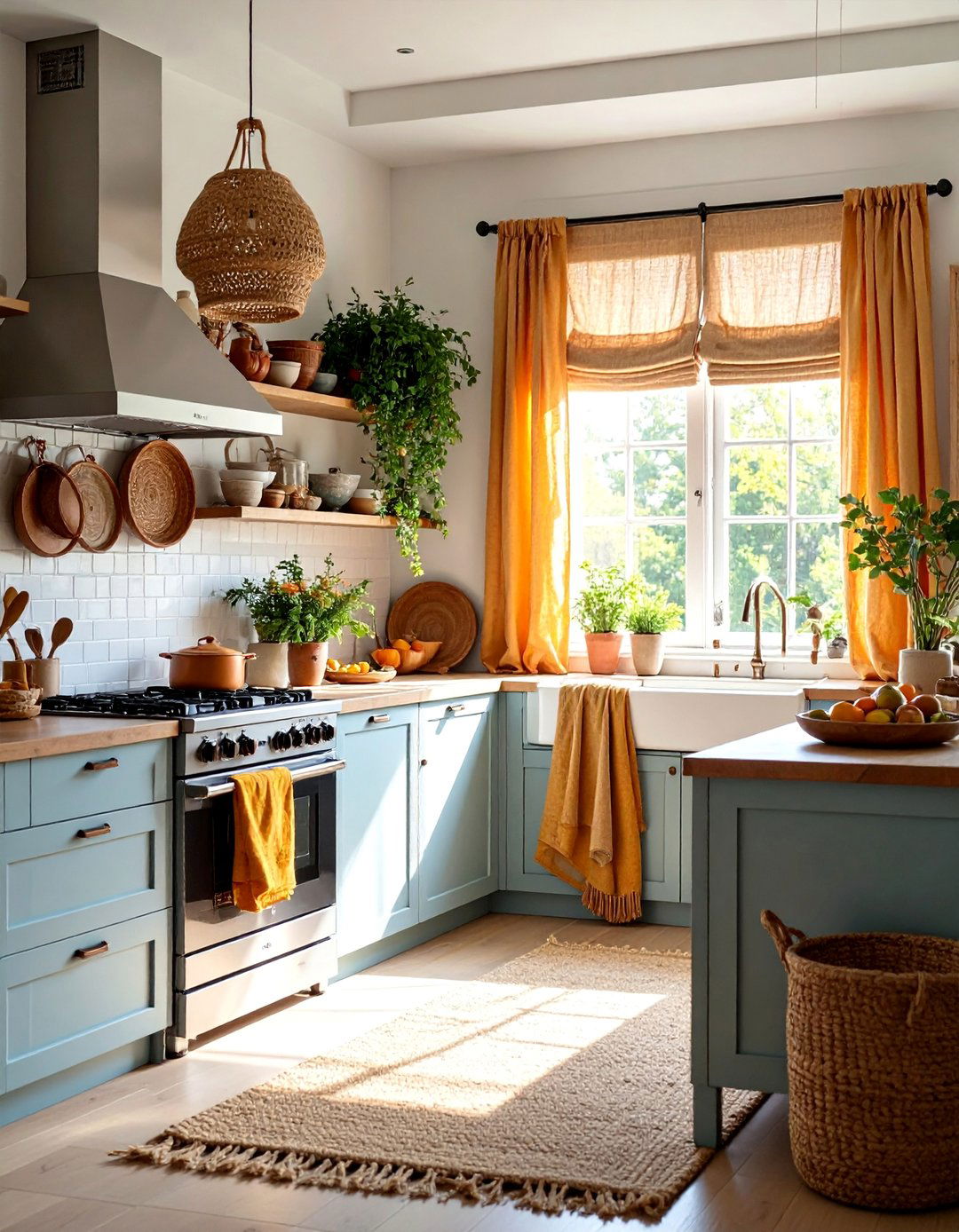
Incorporate linen window treatments, jute runners, and natural fabric elements that soften hard surfaces while adding warmth. Linen made from flax plants growing in Northern Europe has been used for centuries and outperforms cotton. Natural fabrics like jute and linen provide warmth, texture, and juxtaposition that makes organic designs feel effortless. Jute rugs provide comfortable footing while linen curtains add softness that complements farmhouse aesthetics. Soft textiles like woven jute rugs, linen curtains, and wooden benches create cozy yet sophisticated vibes. Natural fiber rugs add warmth and depth while creating welcoming environments with organic appeal. Linen requires less water to grow than cotton and makes better use of land through crop rotation. This textile approach creates layered comfort while supporting sustainable agricultural practices.
23. Dark Wood and Natural Stone Contrast Kitchen
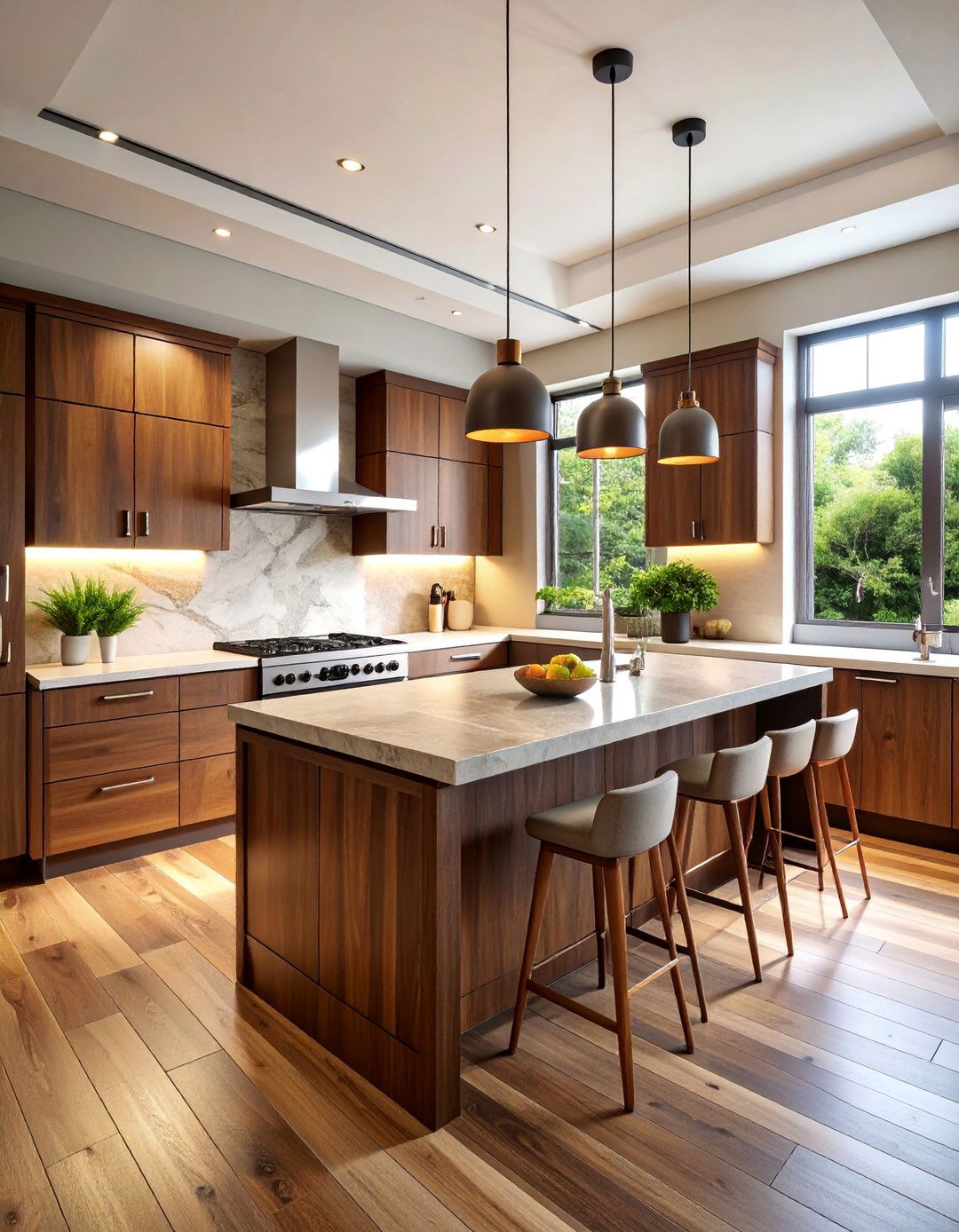
Explore dramatic contrasts using dark walnut or oak cabinetry paired with light natural stone countertops for sophisticated appeal. Dark oak adds depth and drama while retaining calming qualities of natural wood, creating striking accents and rich contrasts. Brown is back in a big way, whether natural wood or painted finishes on cabinetry, floors, walls, or trim. American walnut provides rich hues and beautiful texture, creating visual warmth and contrast in minimalist spaces. Natural light from skylights makes it possible to use dark colors without them feeling oppressive. Bold natural stone used as statements on islands, backsplashes, or range surrounds creates dramatic focal points. Dark wood creates softer, cozier looks while maintaining modern aesthetics when paired with brass, matte black, or stainless steel elements.
24. Multi-Level Garden Kitchen with Growing Zones

Design kitchens with multiple growing levels, vertical gardens, and integrated planting systems that create productive food environments. Vertical herb gardens can be extreme wall dedications or subtle countertop arrangements that bring actual natural elements. Integrating greenery elevates aesthetics while contributing to cleaner air and reduced stress levels. Indoor flora pieces filter pollutants, enhance oxygen content, and create healthier living environments. Potted plants near windows or strategically placed throughout kitchens add character while encouraging sustainable lifestyles. Urban garden kitchens adjacent to outdoor growing spaces allow residents to grow herbs while enjoying nature views. Indoor herb gardens and greenery allow homeowners to bring more natural light and nature indoors. This productive approach transforms kitchens into mini-ecosystems that support healthy cooking and sustainable living practices.
25. Curved Natural Element Kitchen with Organic Shapes
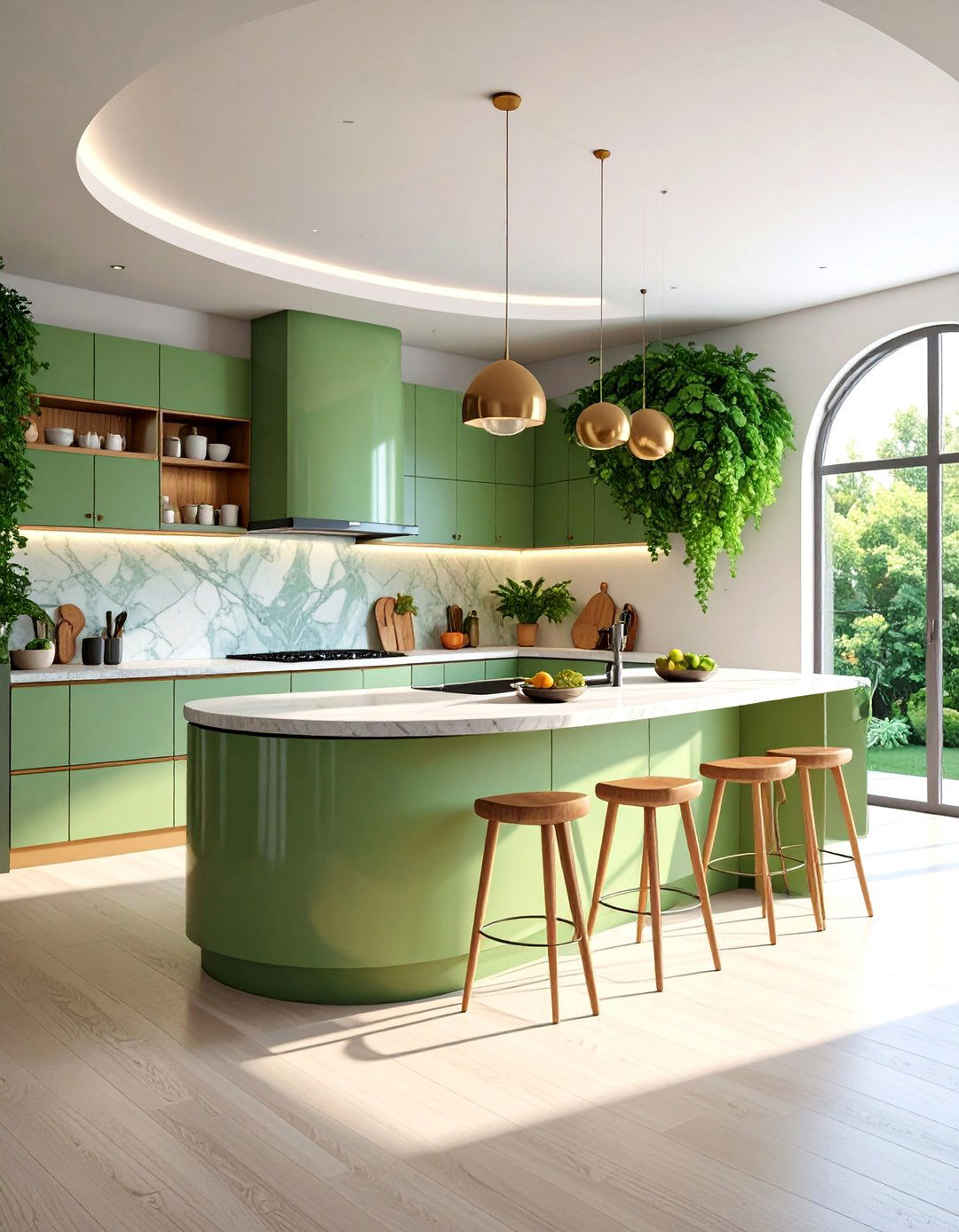
Embrace flowing, organic shapes using curved countertops, rounded islands, and natural forms that mimic nature's irregular beauty. Curved lines, asymmetrical designs, and natural textures are staples of nature-inspired kitchens. Organic shapes add visual and tactile quality, contrasting with sharp, straight lines typical of traditional kitchen designs. Natural, handmade materials and eye-catching shapes eschew traditional forms while making statements with unique, sculptural elements. Biophilic design incorporates organic shapes and natural patterns to create earthy kitchen environments. Circular skylights echo round island shapes below, creating harmonious geometric relationships. Organic shapes blur lines between indoor comfort and outdoor tranquility through textured finishes and natural scents. This design philosophy celebrates nature's irregular patterns while creating functional spaces that feel alive, dynamic, and connected to the natural world's flowing rhythms.
Conclusion:
Natural kitchen design represents more than aesthetic choice—it embodies a lifestyle commitment to sustainability, wellness, and connection with our environment. These design concepts create peaceful, welcoming spaces that echo nature's serenity while promoting sustainable living. By incorporating natural elements like wood, stone, and sunlight, kitchens become grounding, serene atmospheres perfect for cooking, dining, and gathering. From biophilic plant integration to sustainable material choices, each approach offers unique benefits while contributing to healthier, more harmonious homes that celebrate our innate connection to the natural world.



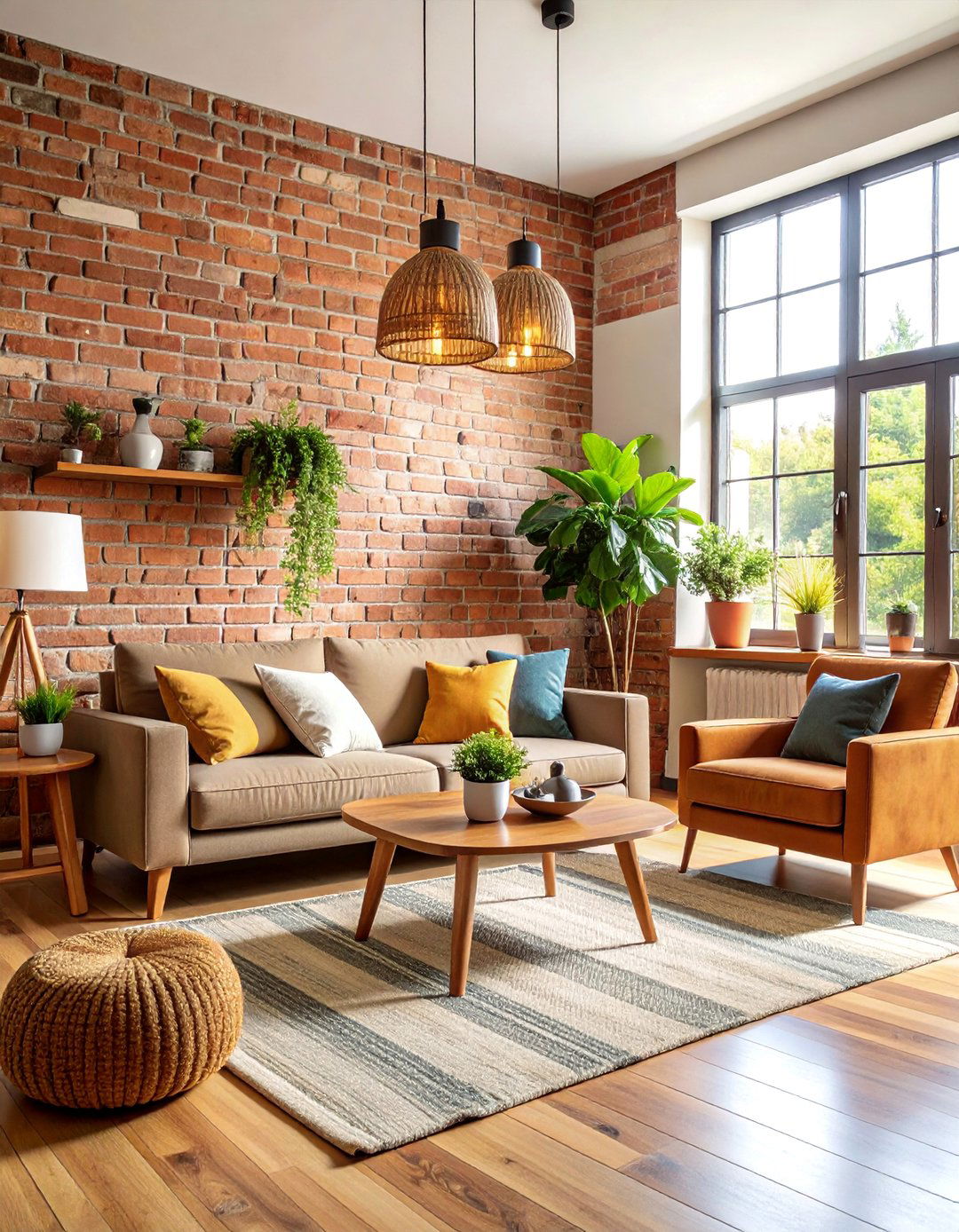
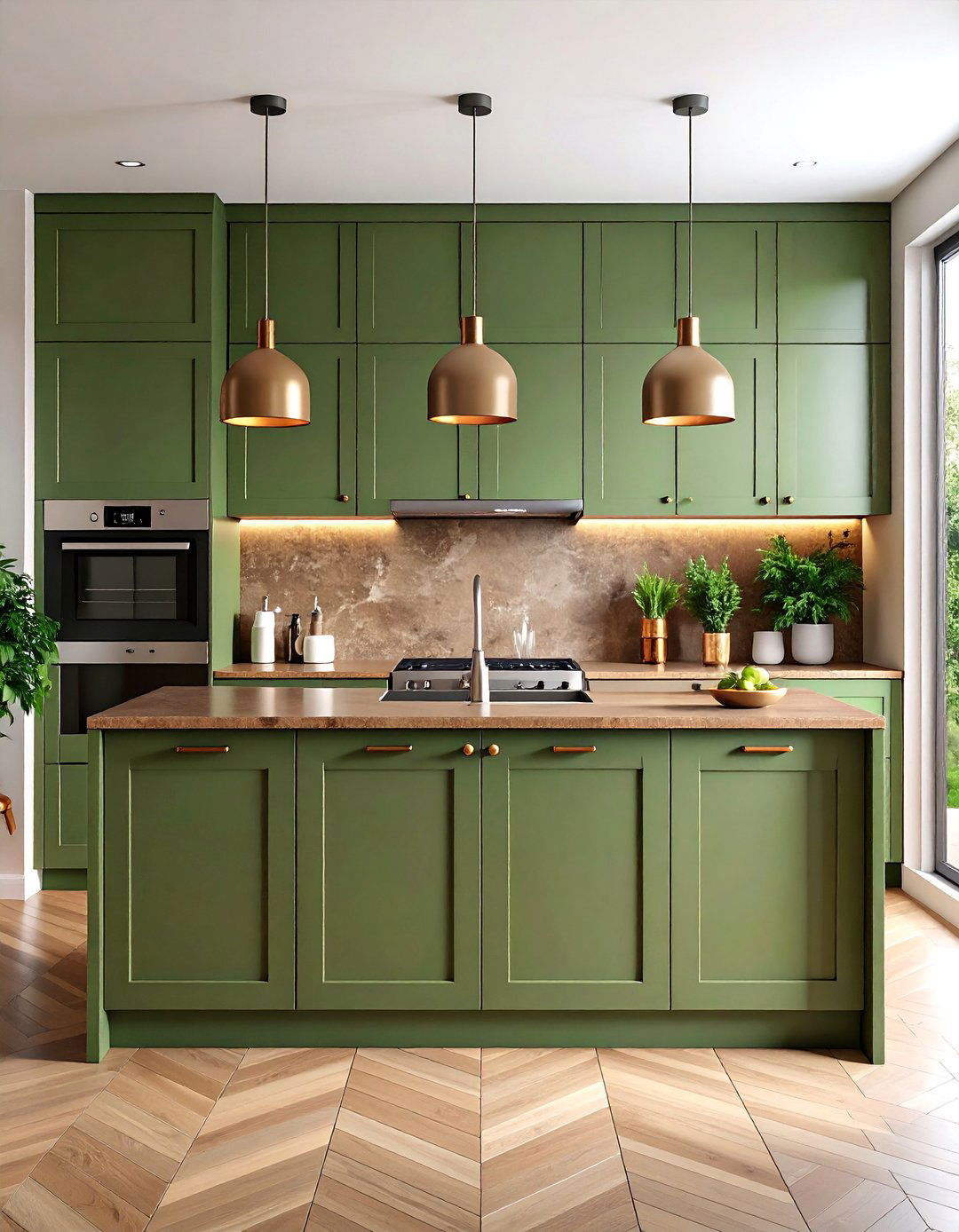
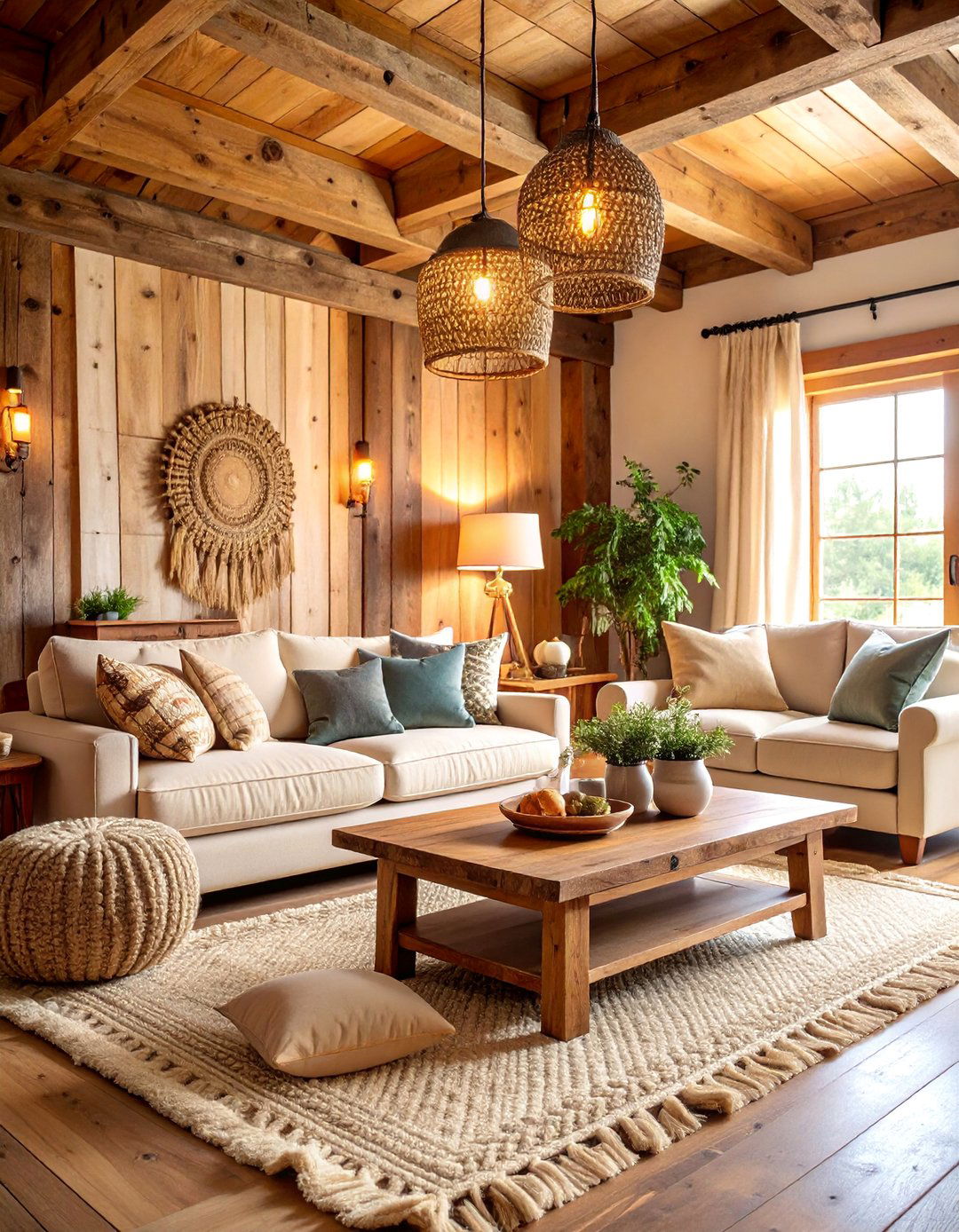

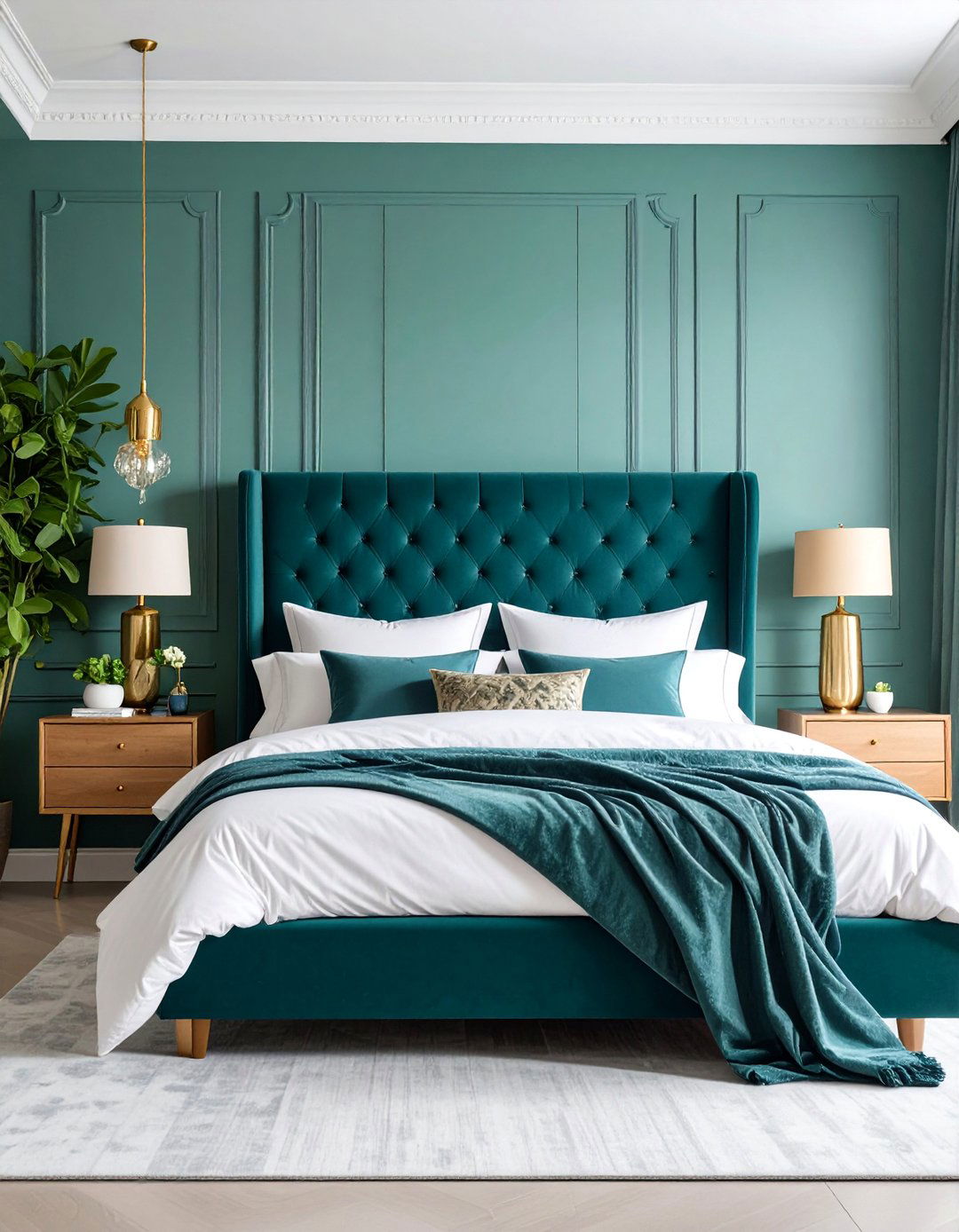
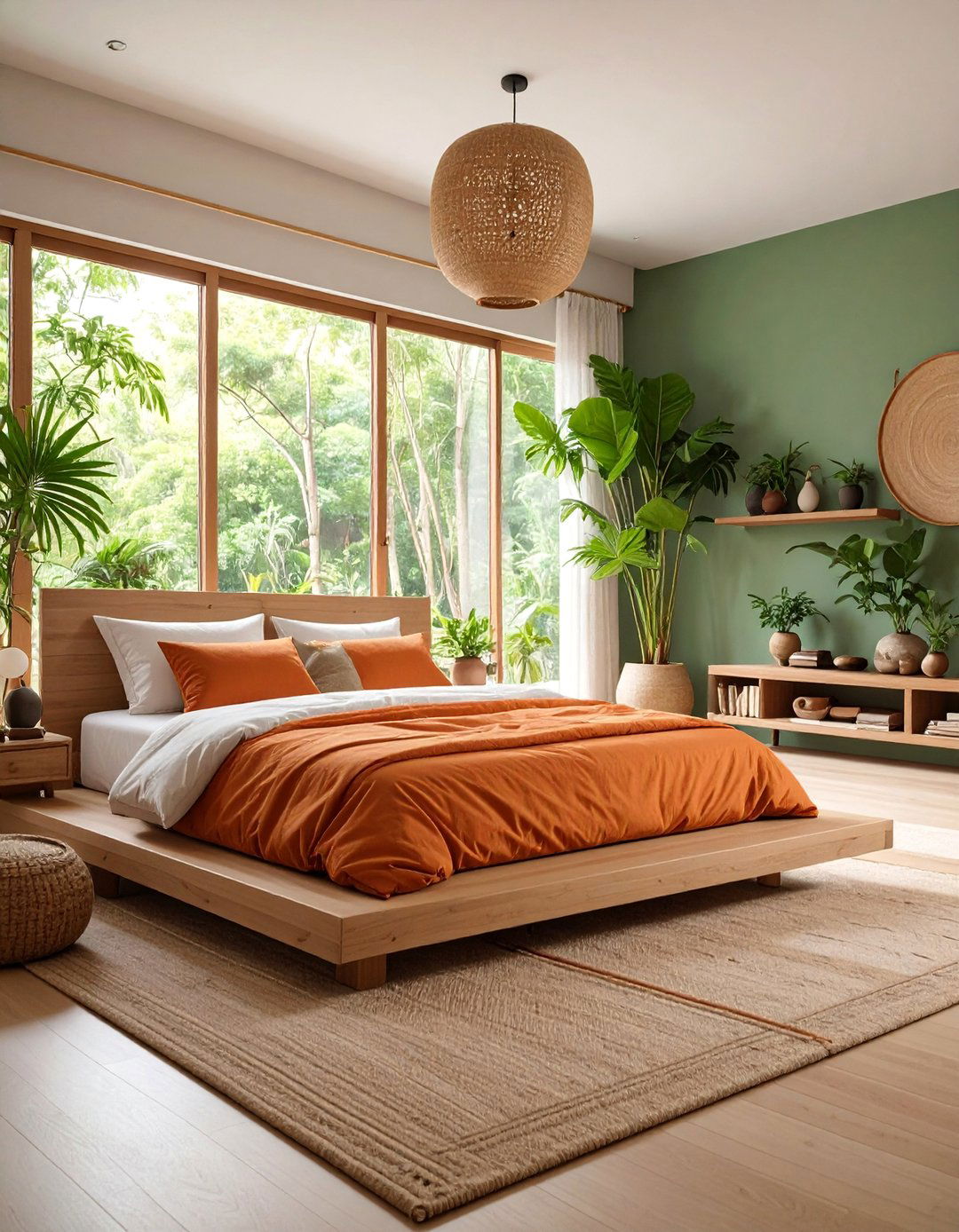
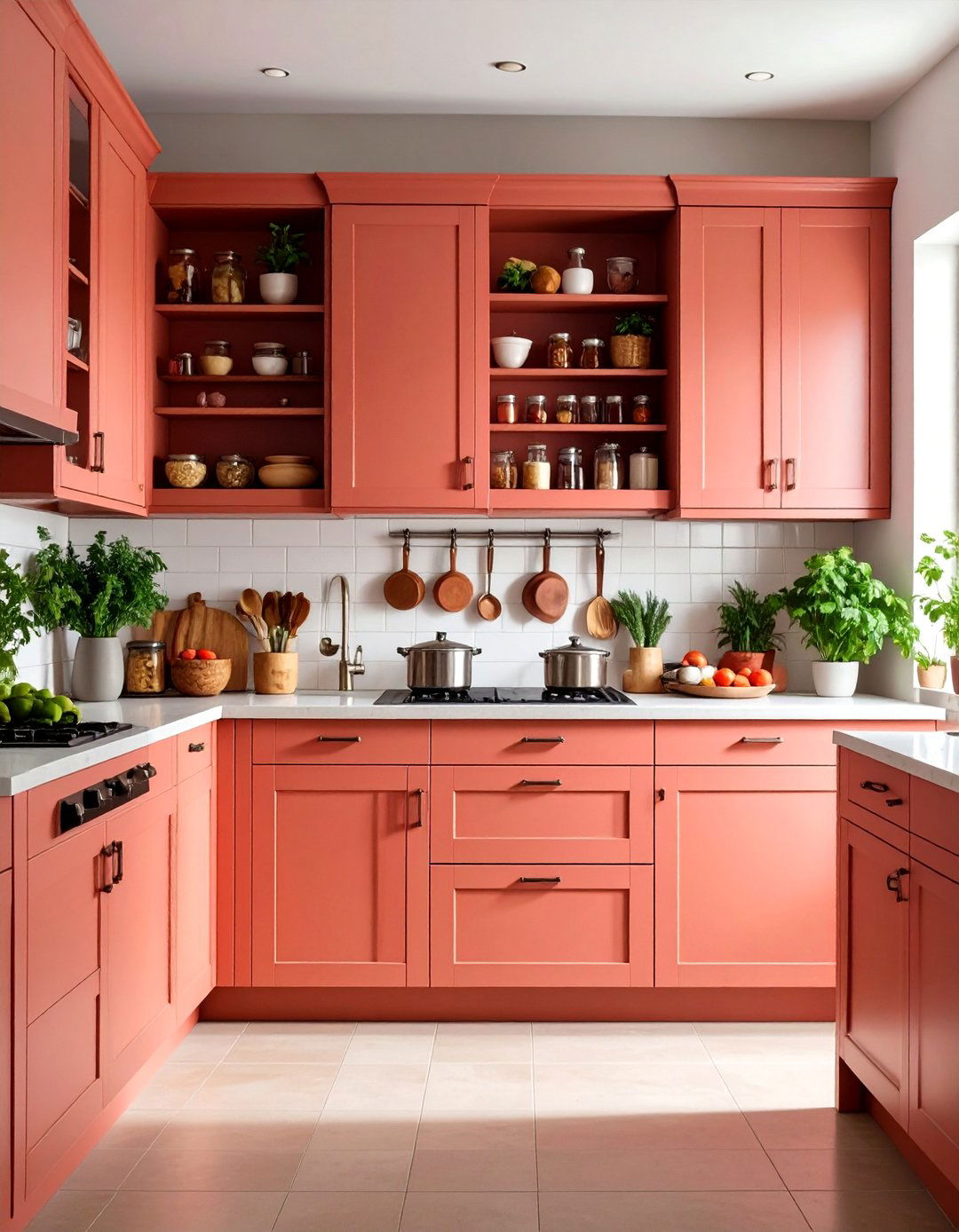
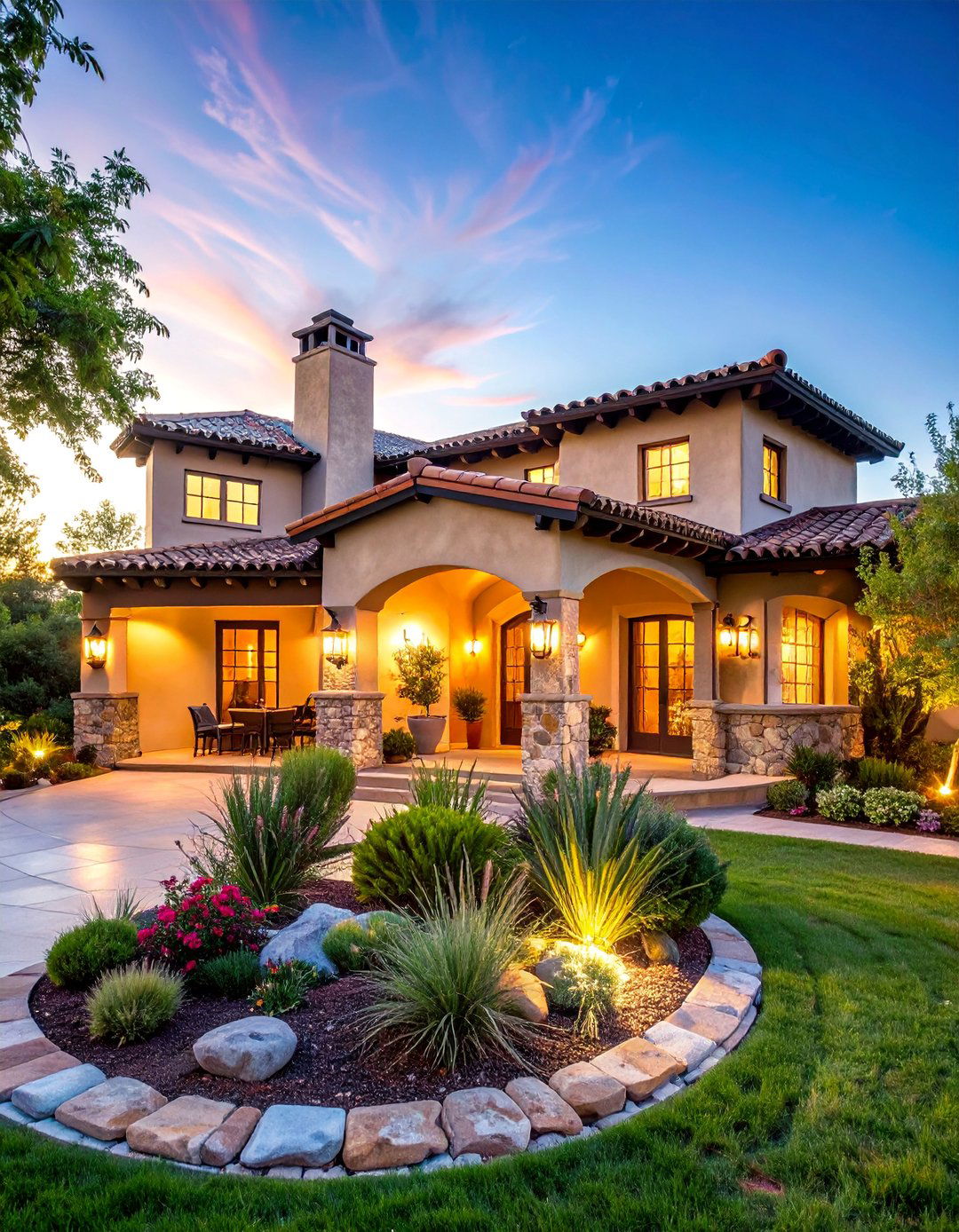

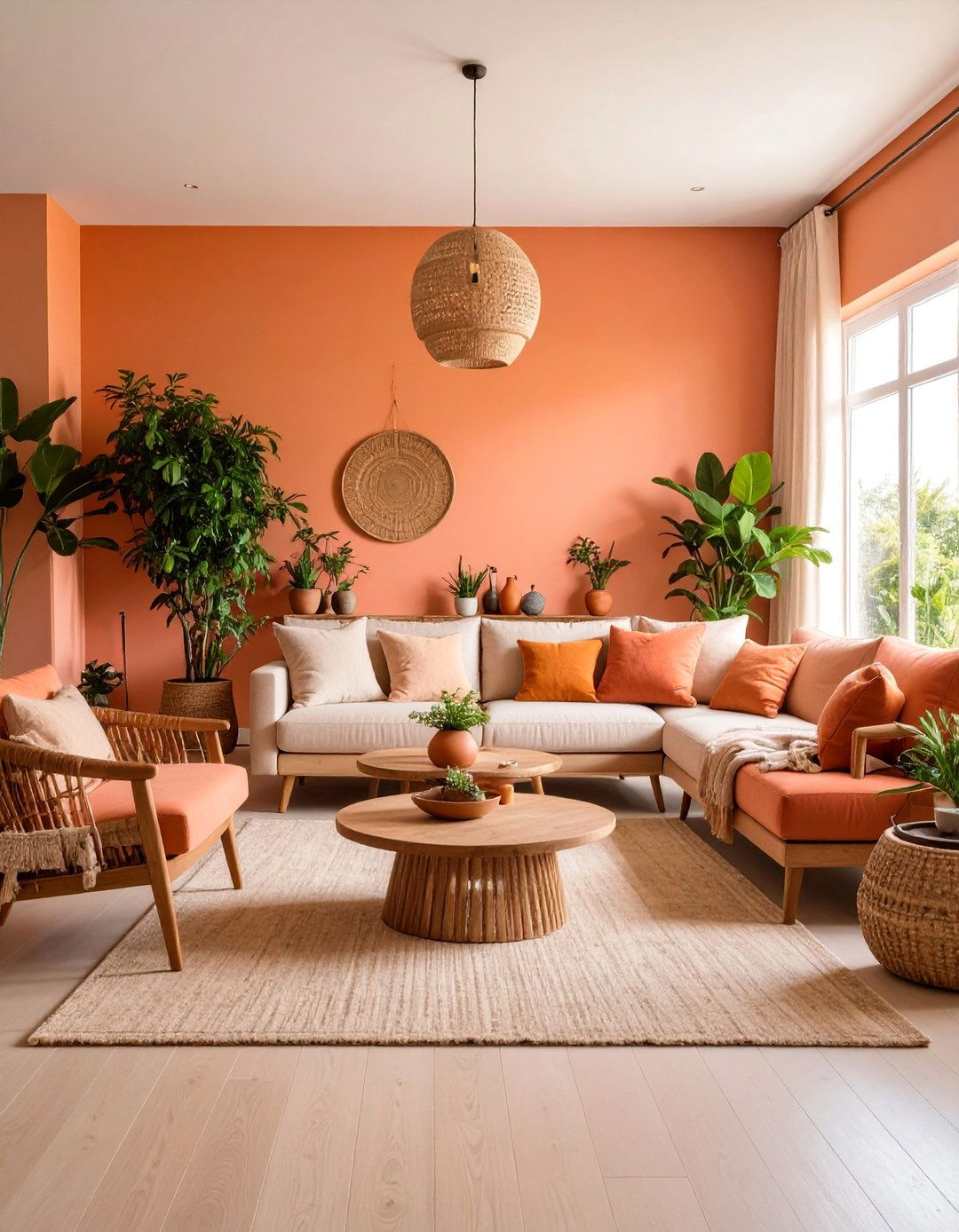

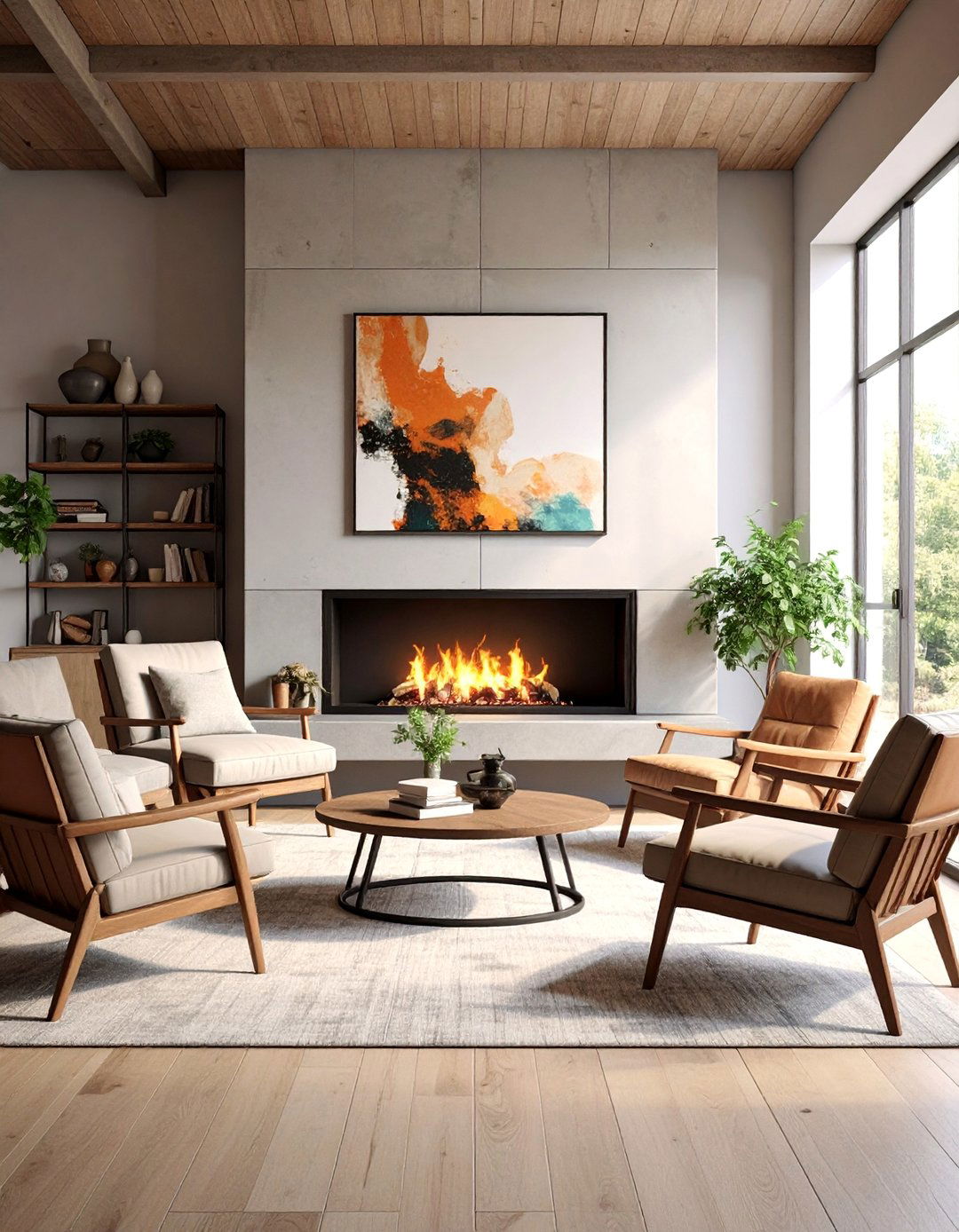



Leave a Reply